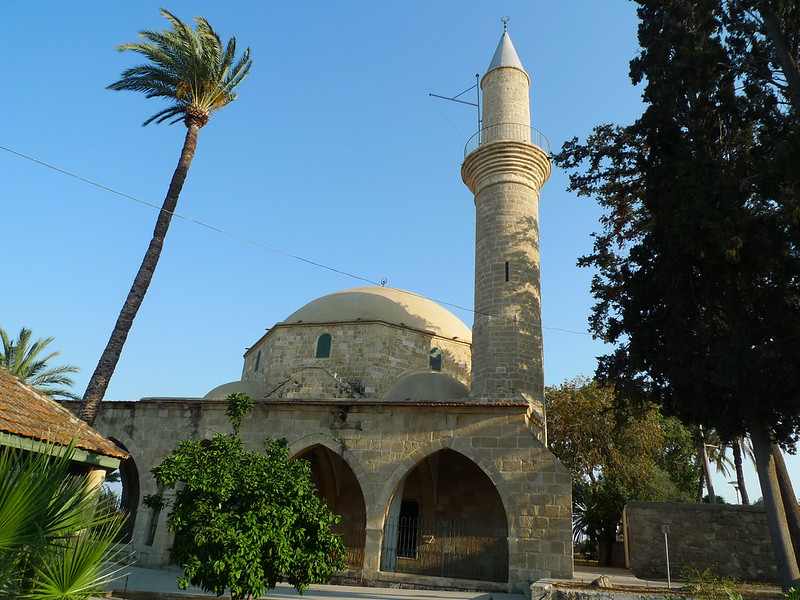
Hala Sultan Tekke, Islam's 4th most important mosque in Lanarka, Cyprus
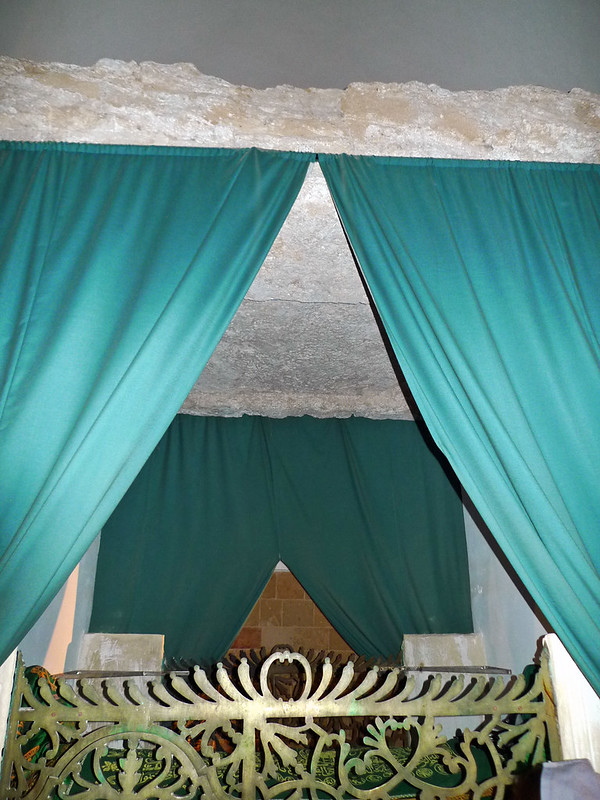
This slab of heavy stone hovered miraculously over Umm Haram's grave the next morning

Kaiza and Q Ling taking photos of the Miracle Stone

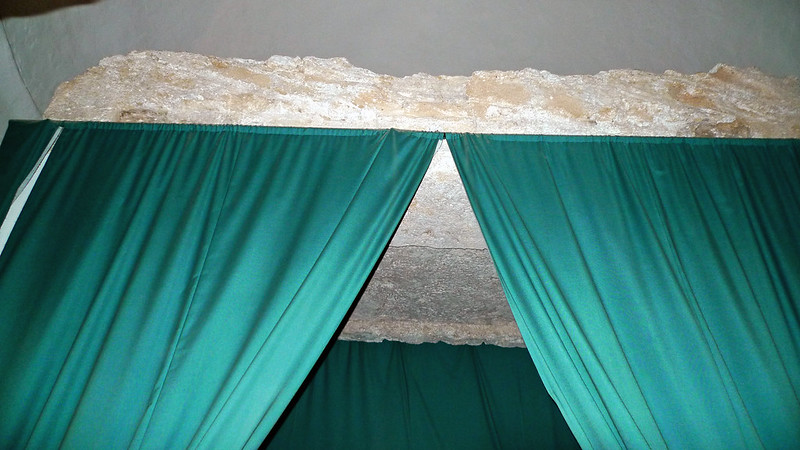
The Miracle Stone that floated in midair over Umm Haram's grave
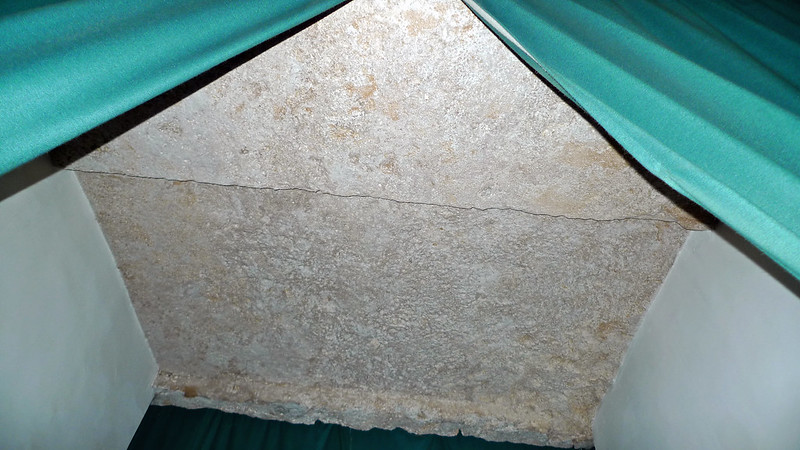

Tomb of Umm Haram binti Milhan

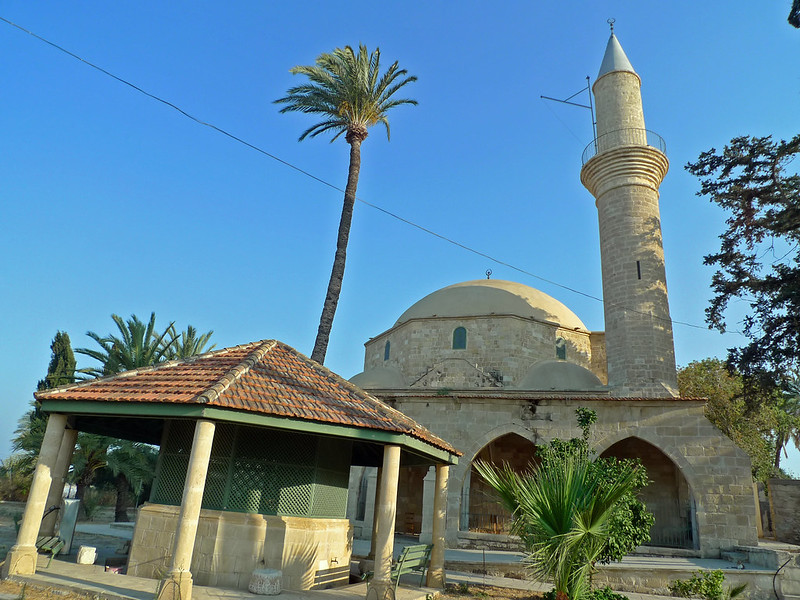
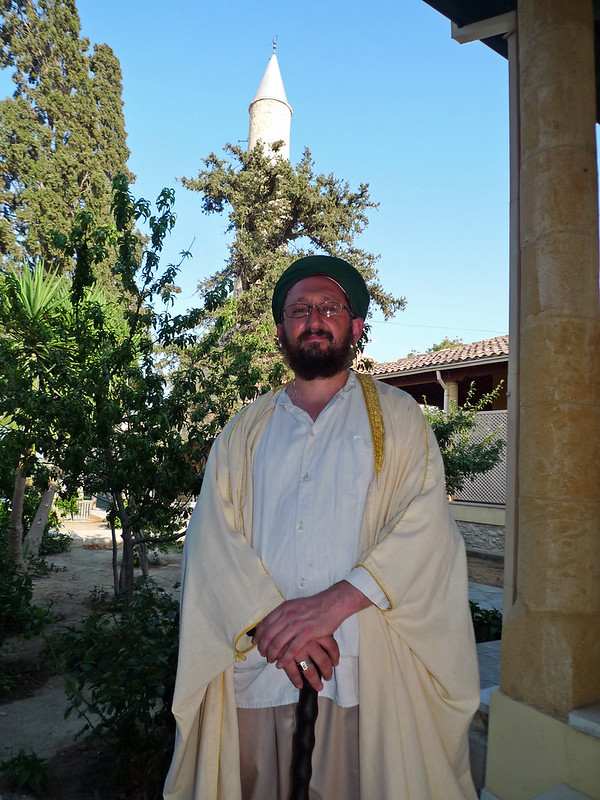
Iman Shakir

Iman Shakir
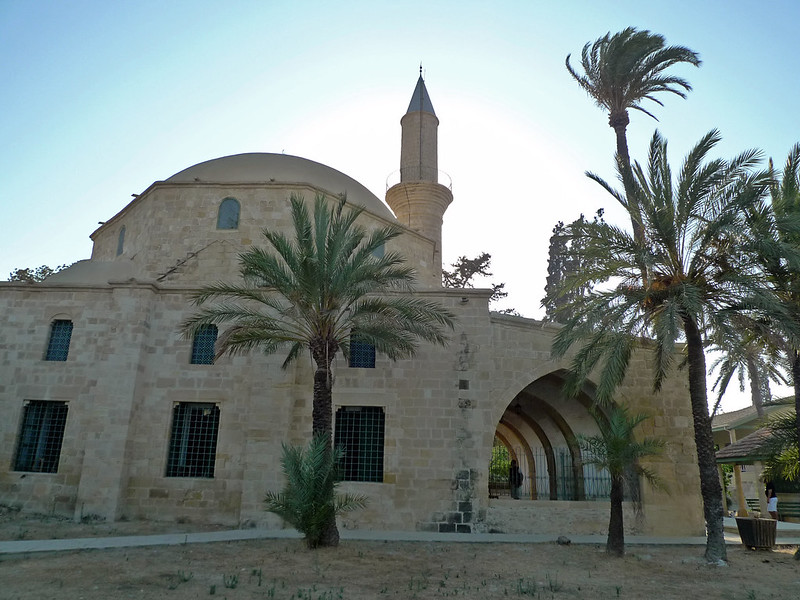
Hala Sultan Tekke
WHEN YOU THINK OF HOLY PLACES IN ISLAM, YOU THINK OF SAUDI ARABIA AND THE MIDDLE EAST BUT THE 4TH MOST IMPORTANT ISLAMIC MOSQUE IS IN CYPRUS!
Almost next to Larnaca Airport!
In fact, this mosque, called Hala Sultan Tekke Mosque is dedicated to a woman which is rare in Islam as most mosques are simply places of worship to Allah.
The name is misleading as most assume 'Sultan' is a male ruler but in this most exceptional case, it is an honorific title given by the Sultan of Turkey in the 18th century for a most esteemed lady named Umm Haram or sometimes known as Hiram.
'Hala' means 'aunt' in Turkish and Haram means 'mother of the pyramid'.
There are many versions of who was exactly Umm Haram and her relationship with Prophet Mohammad. After all, her mosque is the fourth most important in the Islamic world so she must be of great importance to the Messenger of God.
By a happy coincidence, I met resident preacher and leader Iman Shakir and asked him for details.
"Umm Haram is related to Prophet Mohammad from both sides of her family. She was 15 years older than Him and her sister was a family wet nurse. Umm Haram was married to Ubada Bin Al-Samit. They were extremely close and Prophet Mohammad visited her often."
I asked if Umm Haram was the Prophet's wet nurse and Iman Shakir said 'No'. "It was her sister Halima Sadiyya who was the wet nurse of the Prophet."
They were very attached to each other and she followed him during the Hijrah (withdrawal) from Mecca to Medina in 622 as Prophet Mohammad's wife Khadijah had died before the migration. Though Khadijah was the first Muslim, Umm Haram was said to be the first woman in Mecca to accept Islam and some say she is the second Muslim in the world due to her close relationship with Prophet Mohammad as she and her husband were companions to God's Messenger. This is why Umm Haram is so special to Muslims.
Umm Haram was severely tested by God but never questioned the slew of bad luck that befelled her. In the Battle of Uhud she lost both husband and son. This double tragedy was compounded when she lost her brother during the infamous incident of Bir Mauna where her brother Hiram bin Milhan was speared to death in the neck. He was the chief emissary and head of a delegation of either 40 or 70 Muslims sent by Prophet Mohammed to Banu Amir to invite him and his subjects to convert to Islam. All but one was killed.
This was just 4 months after the Uhud battle and Umm Haram was devastated by the loss of her family. Yet she remained resolute and maintained faith in Allah. She was overcome with grief but submitted herself to the will of Allah.
Prophet Mohammad told His followers the angel Gabriel visited him each year to recite the Quran but in 632 Gabriel visited him twice. Prophet Mohammad took this to mean his time on earth was ending and resulted in the Farewell Pilgrimage, the last and only Haj pilgrimage made by Prophet Mohammad.
Shortly after the Farewell Pilgrimage, Prophet Mohammad visited Umm Haram's home where she cooked for him and bade him to rest after the meal. He dreamed of great glory for the new religion that would sweep the world.
Said Iman Shakir, "Prophet Mohammed said he had a vision where he saw a fleet of ships sailing west and from there the Muslims would spread outwards to bring the Word of God to everyone.
"Umm Haram was delighted to hear this and prayed for the honour to be one of them. She vowed she would join the expedition as she was an adventurous lady.
"The Prophet smiled and said she was already among this group. However he said not all would return."
In 647 she was among the victorious Muslims under Caliph Muawiyah who conquered Cyprus as predicted. During the triumphal entry into Larnaca, they were attacked by the Genoese soldiers of fortune.
Her horse or donkey reared and Umm Haram fell, broker her neck and died instantly. She was 70.
She was buried on the spot she was killed. The next day, the army and followers were stunned to see three slabs of rock around her.
Continued Iman Shakir, "One was under her head so she could rest on it like a pillow, the second was by her feet and the third was suspended in midair above her! Or held there by angels according to some versions. This was seen as a miracle and sign of God's approval. Caliph Muawiyah ordered a small mosque to be built. You can see this famous stone placed above her tomb inside the mosque."
I made a beeline to see this miraculous stone and there it was---placed above the tomb of this revered woman. It is rough hewn and not decorated or embellished but left in its original, pristine condition.
Although I am not a Muslim, I love visiting mosques to enjoy the ambiance of serenity, admire the architecture and marvel at the power of Islam. I went down on my knees and prayed to Umm Haram, asking her to bless me if she deemed I was worthy.
I asked Iman Shakir if Hala Sultan Tekke is the 3rd most important mosque in Islam. "Everyone knows the 3 holiest mosques are Masjid Al-Haram (Sacred Mosque) in Mecca, Masjid Nabi (Mosque of the Prophet) in Medina and Al-Aqsa in Jerusalem where it is said Prophet Mohammad ascended to heaven on Buraq by God's invitation."
Grinned Iman Shakir, "It is the Cyprus tourist office that promotes Hala Sultan Tekke as Islam's third holiest shrine. But it is definitely the MOST important mosque in Europe as Cyrus is in Europe! So this mosque, though small, is very big among Muslims who come here when visiting Cyprus."
The mosque took its present shape and size in 1760 when the dervish Sheikh Hassan rediscovered this and relayed the news to the Ottoman Sultan who bestowed the honorific title 'Hala Sultan'. 'Tekke' traditionally refers to lodgings or shrines of the dervish.
Sultan Mahmud II's monogram appears on both sides of the ceremonial entry gate while another inscription reads 'Hala Sultan Tekke was built by God's beloved great Ottoman Cyprus Governor as Cyprus was under the Ottoman empire for some 300 years till 1878.
Many schools of thought believe Umm Haram was neither aunt or relative but his wet nurse as it was the custom for well-off families to hire wet nurses to look after newborn babies in the desert for up to 2 years.
Scholars point out even Khadijah, the Prophet's wife, Fatimah his beloved daughter (the only child who gave him descendants), his parents Aminah Wahib and Abdullah Mutalib and his other three sons and three daughters his do not have mosques dedicated exclusively to them. So why would Hala Sultan Tekke be built to commemorate an aunt or female relation with no direct blood ties compared to the above?
According to them, if Umm Haram was Prophet Mohammad's wet nurse, this could make more sense as the woman who suckled a baby destined to be the Messenger of God would surely be someone very special and worthy of veneration.
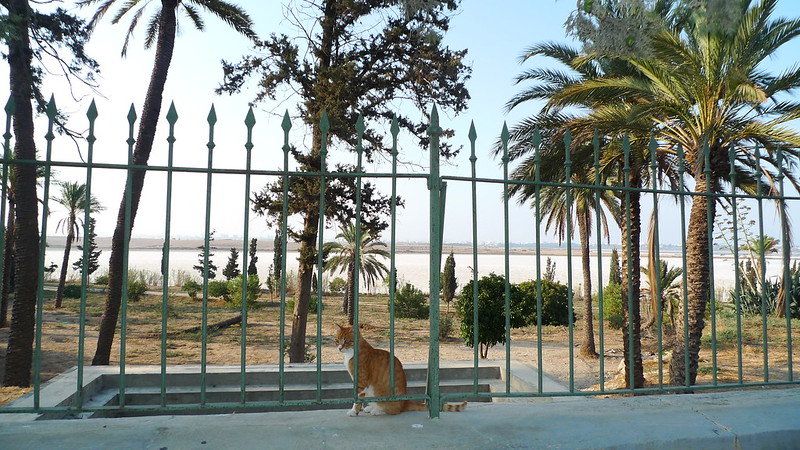
There are many cats in Hala Sultan Tekke mosque

The main entrance
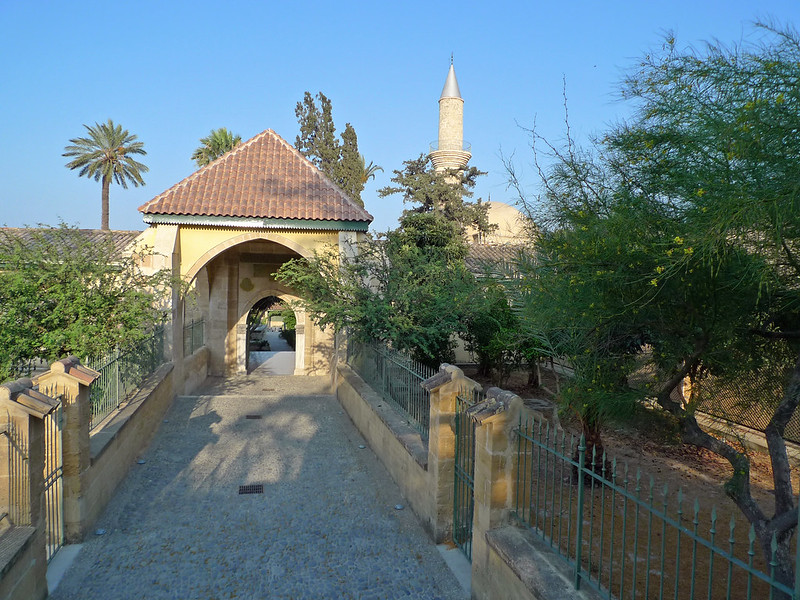
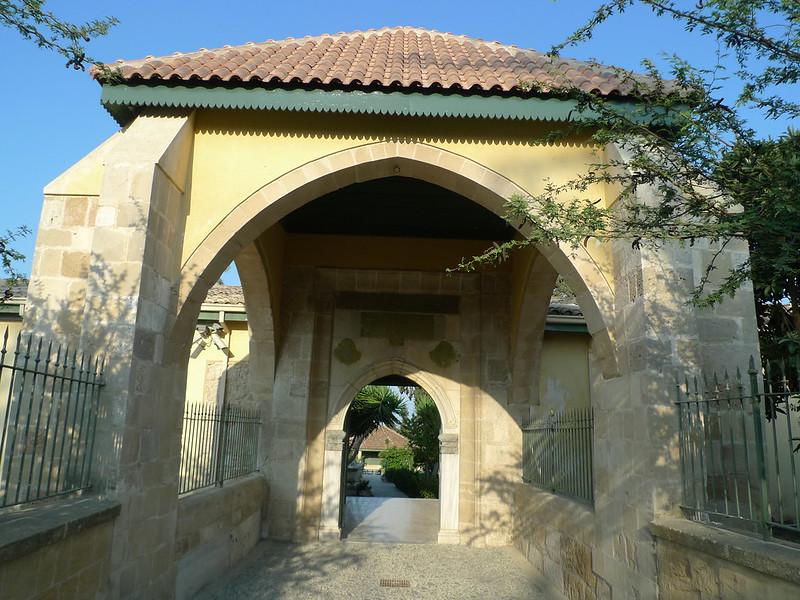
The mosque's present size and shape was finalised in 1817
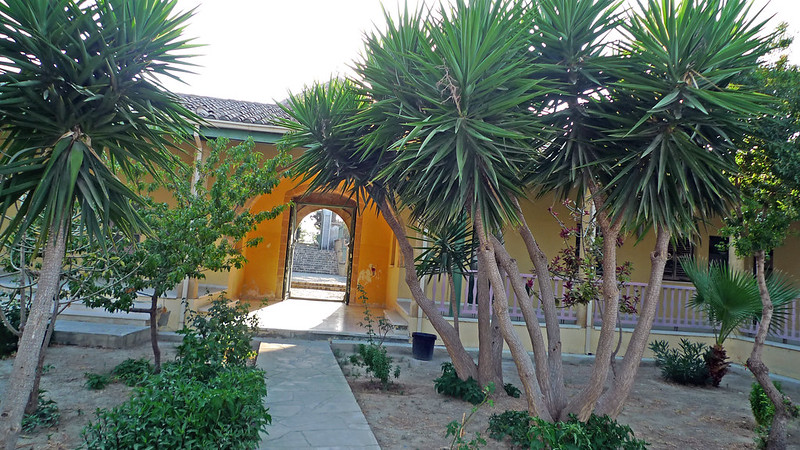
The Pasha'a Garden

Hala Sultan Tekke is small but perfectly formed
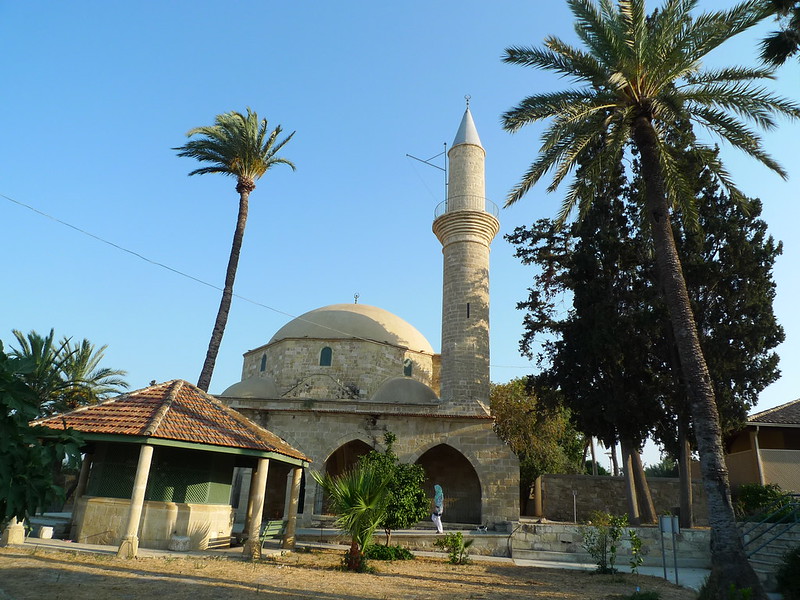



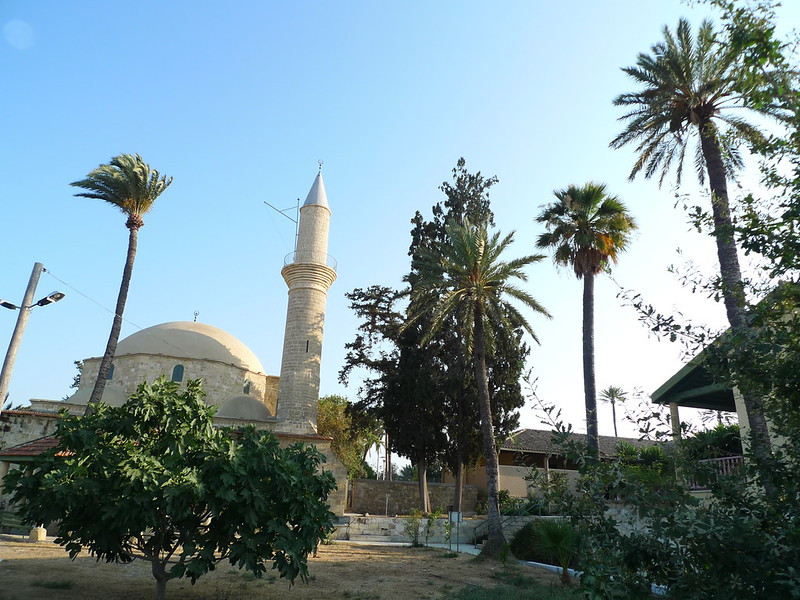
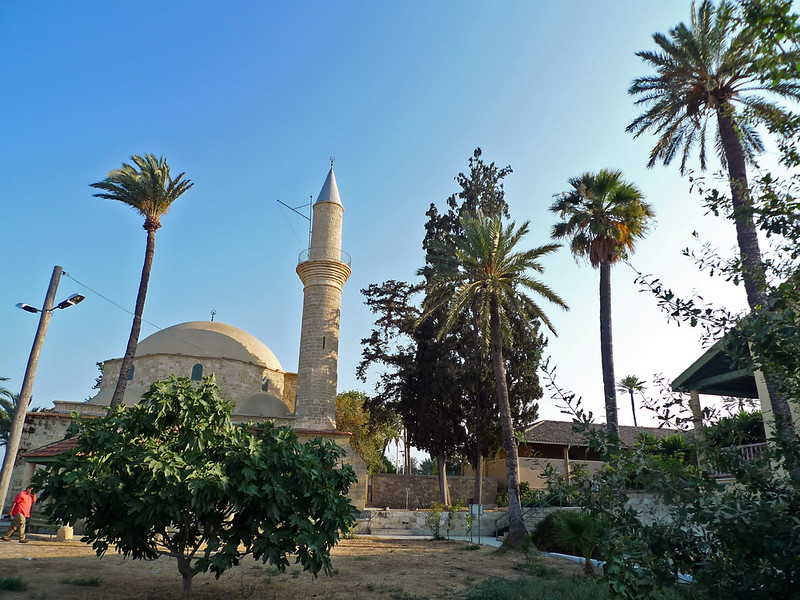
That is Kaiza in orange
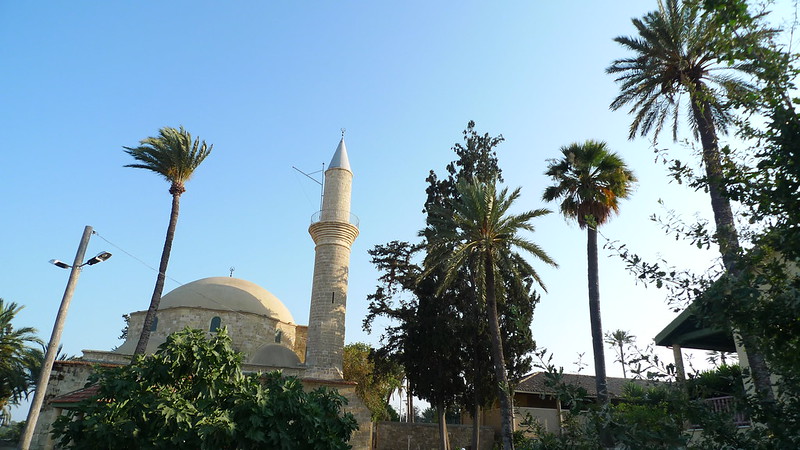
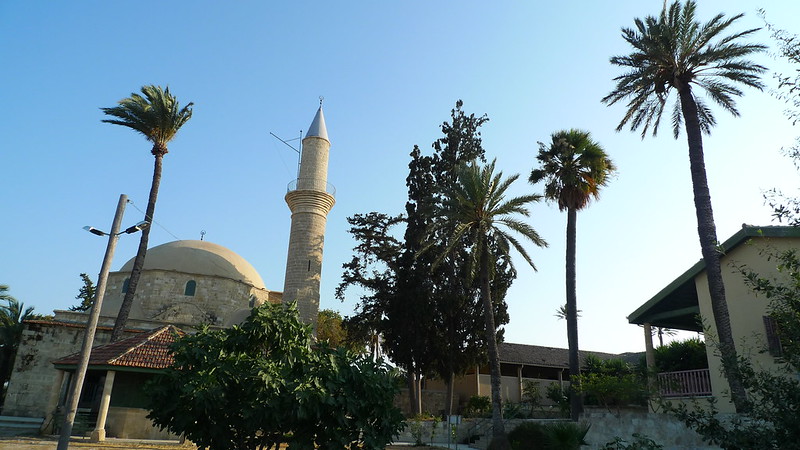
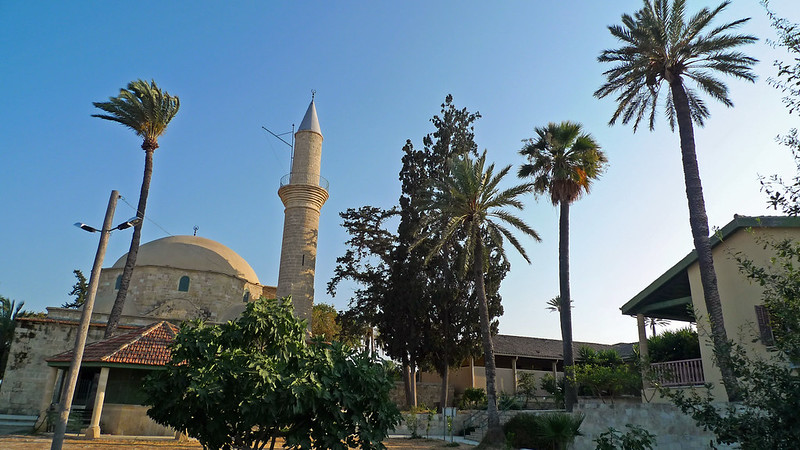
The building at right is the office
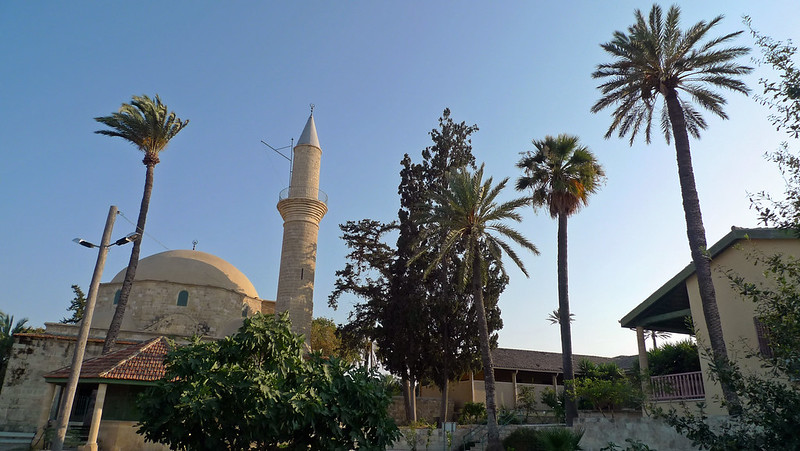
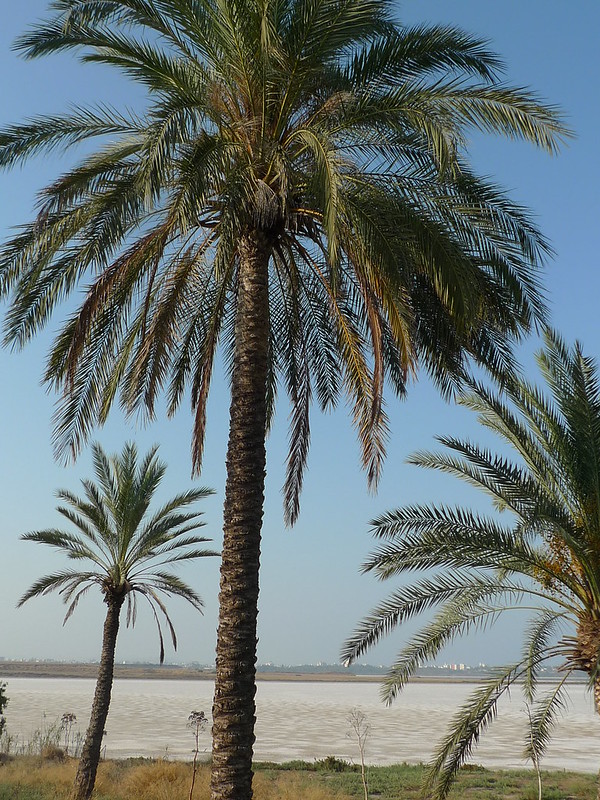
The world famous Lanarka Salt Lake where flamingos flock here during winter
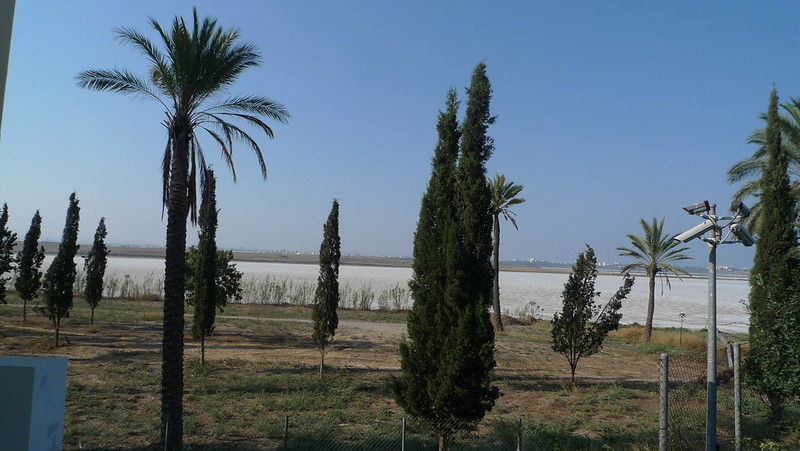
Now the Lanarka Salt Lake is full of crystallised water as it is summer and most of the water has evaporated
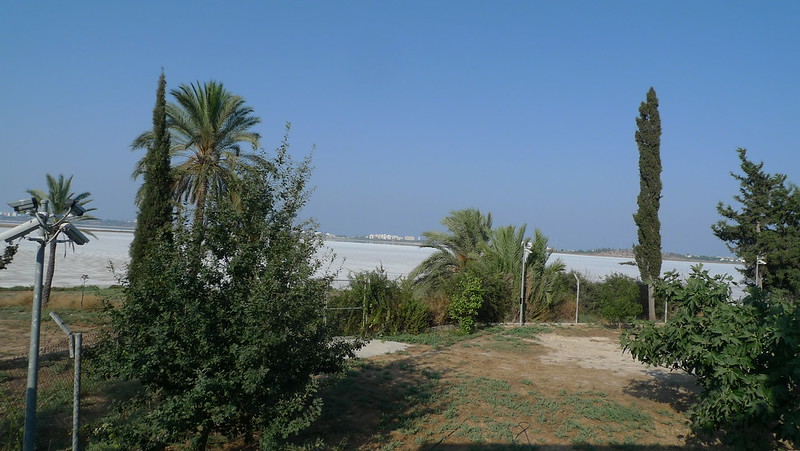
But in winter, the lake is a watering hole for sea gulls, migrating swans and pink flamingos who arrive in droves to feed
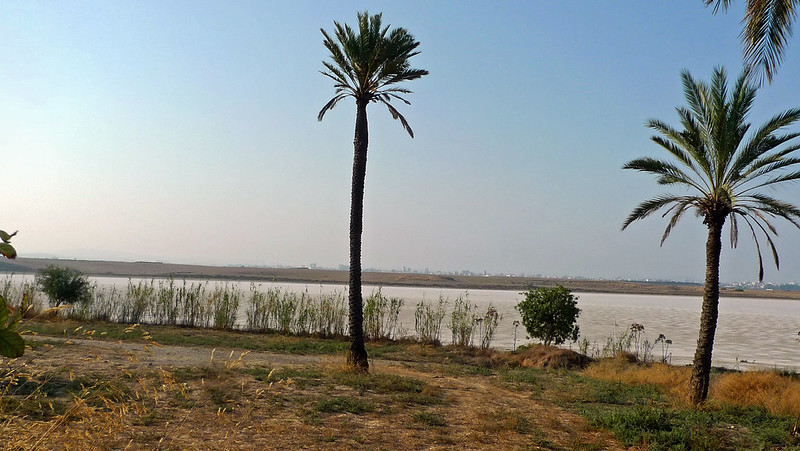
The Salt Lake of Lanarka is next to Hala Sultan Tekke mosque
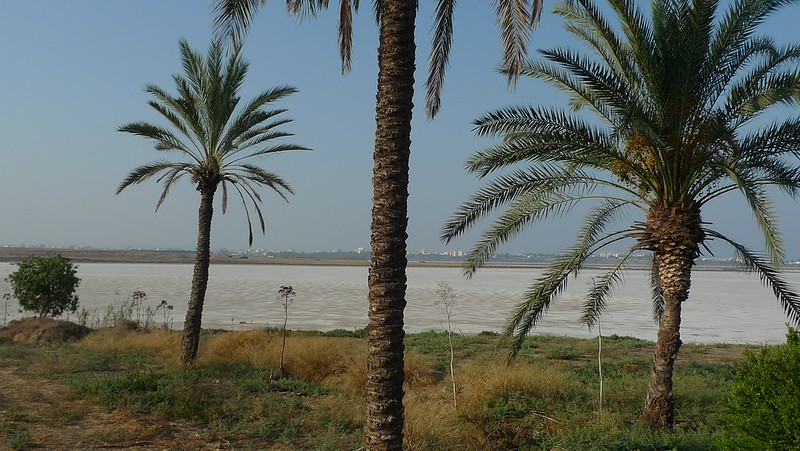


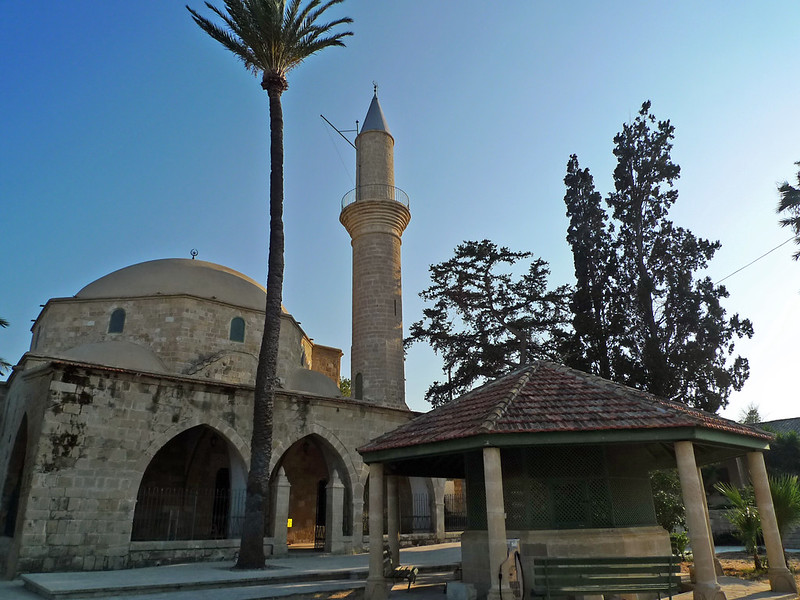

Iman Shakir


Iman Shakir

View of mosque from Pasha's Garden
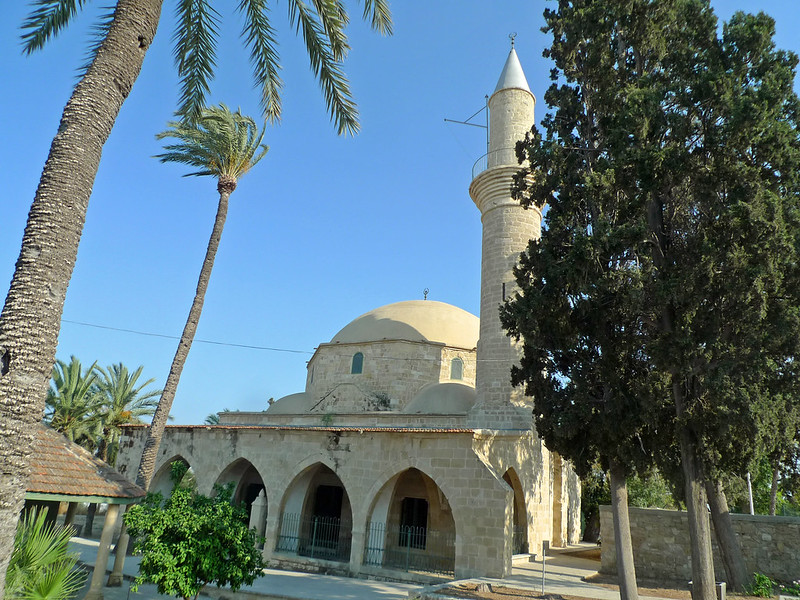

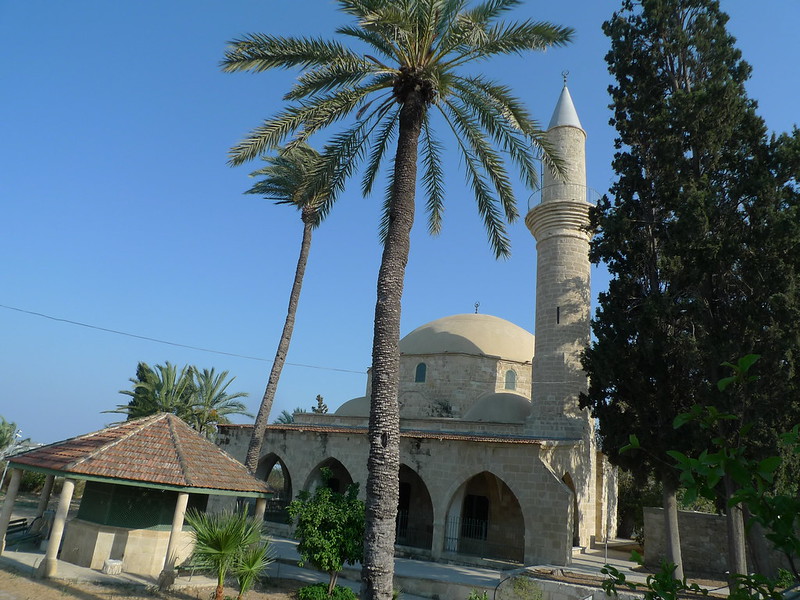
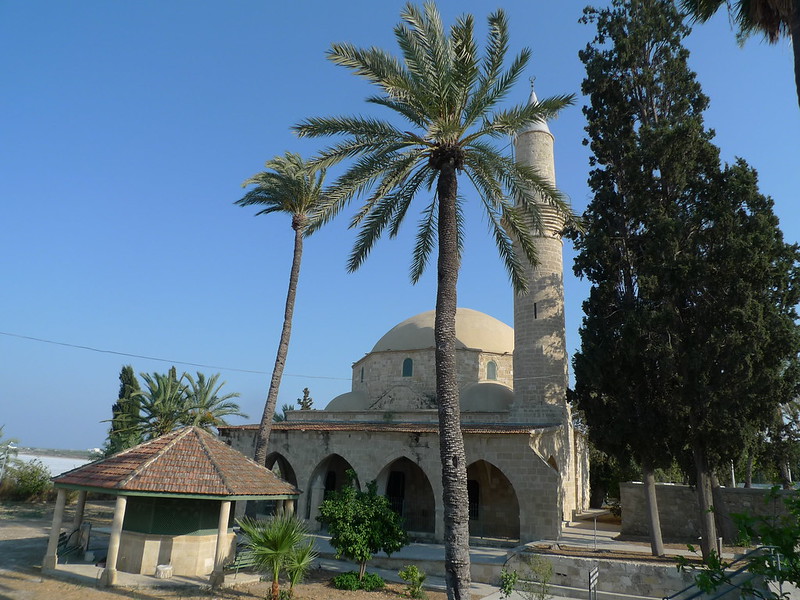
Postcard perfect
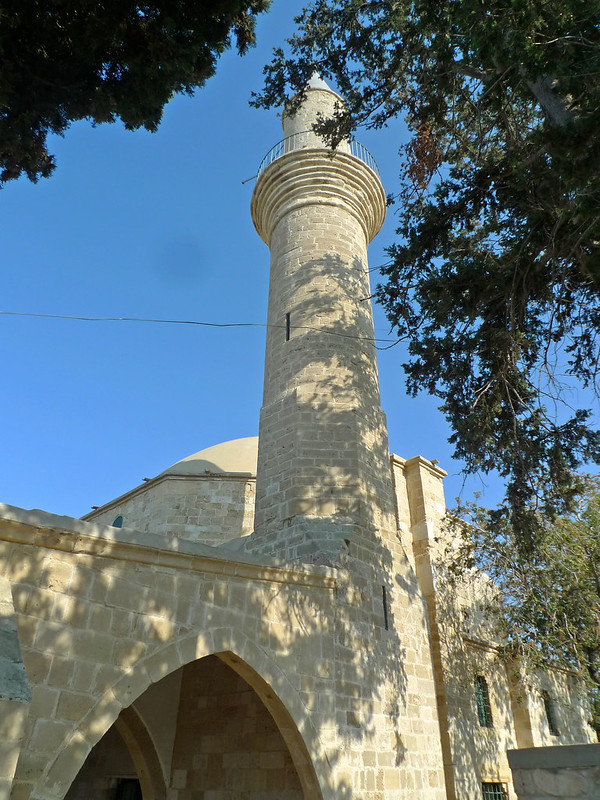
Lone minaret
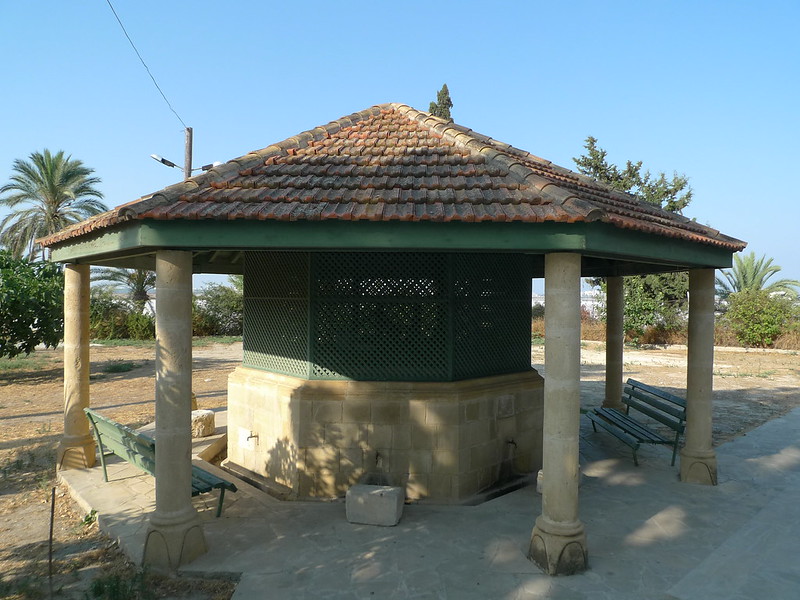
Ablution pavilion

Shoes are removed and female tourists in shorts and skirts are asked to wear a loose robe provided gratis
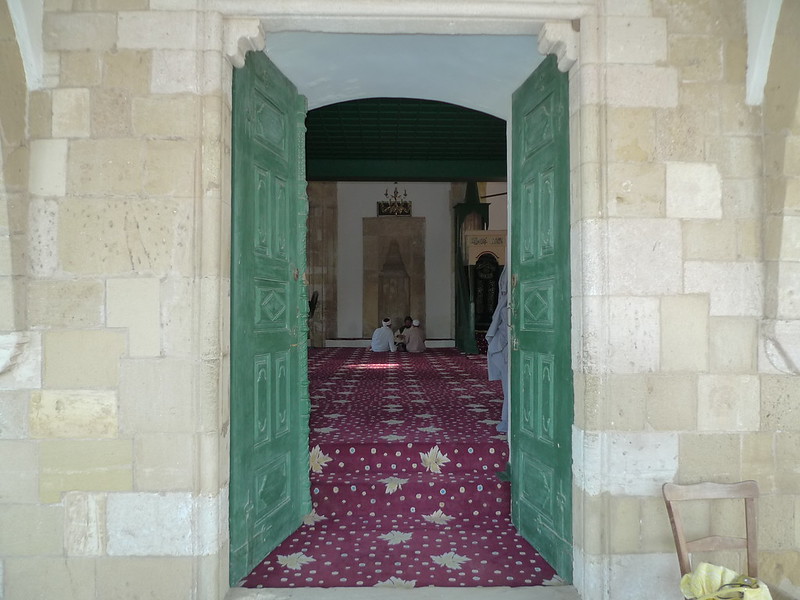
Entrance to mosque
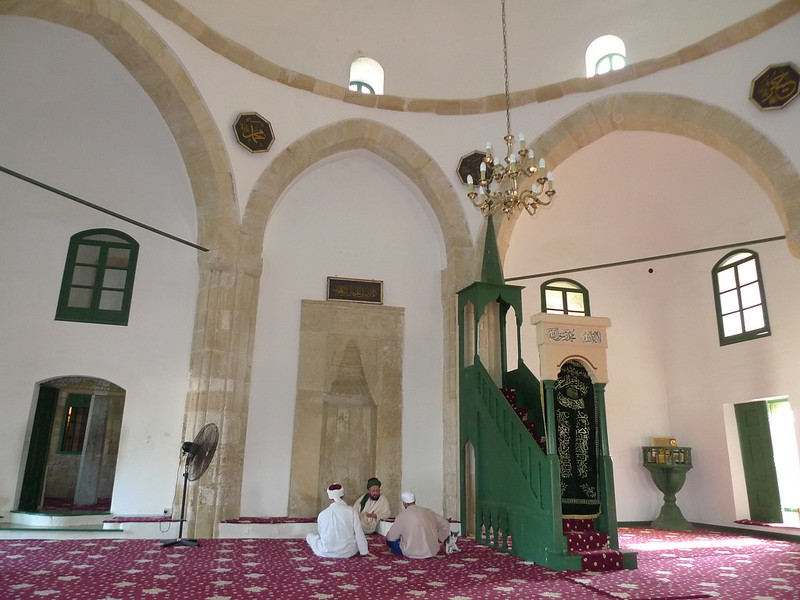
Preachers in discourse

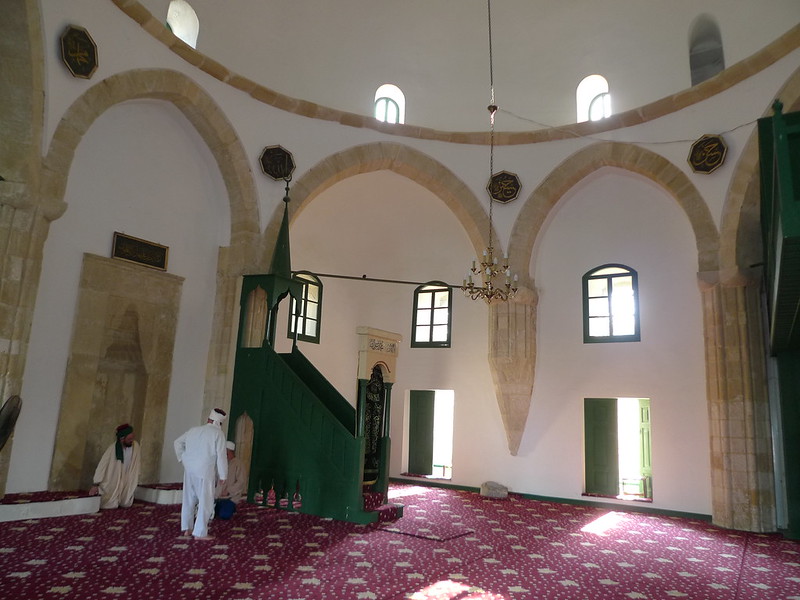


The tomb of Umm Haram is at the back
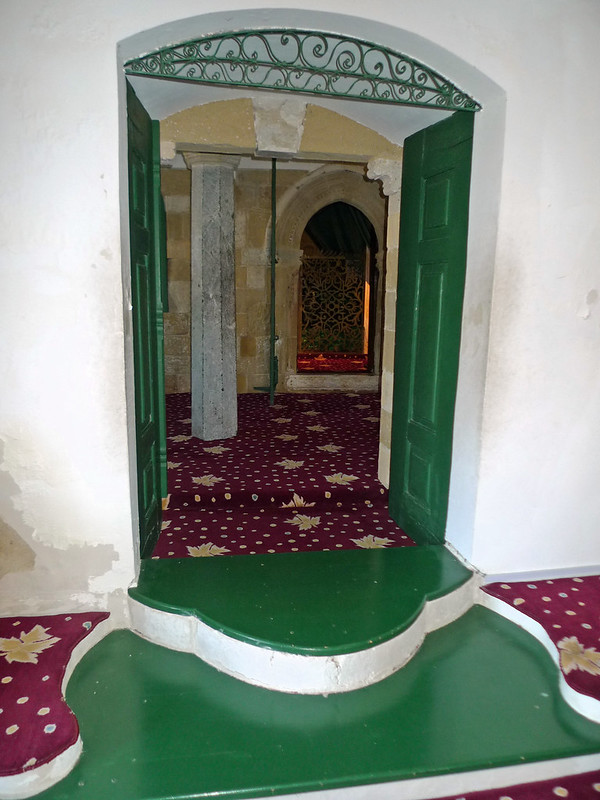
This is the entrance to Umm Haram's tomb
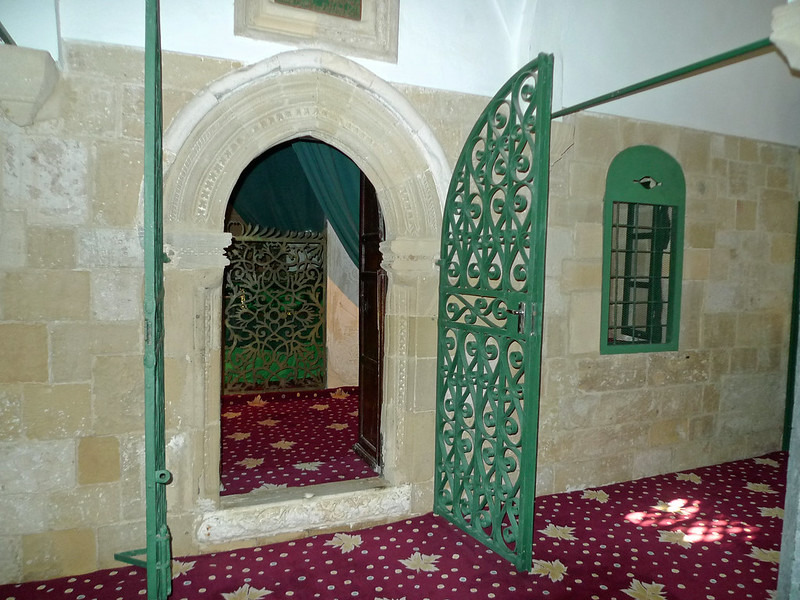
Through these green, grilled gates
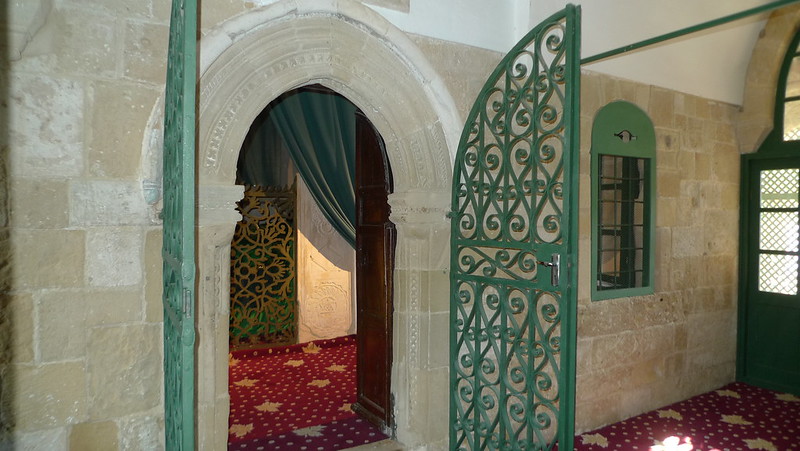
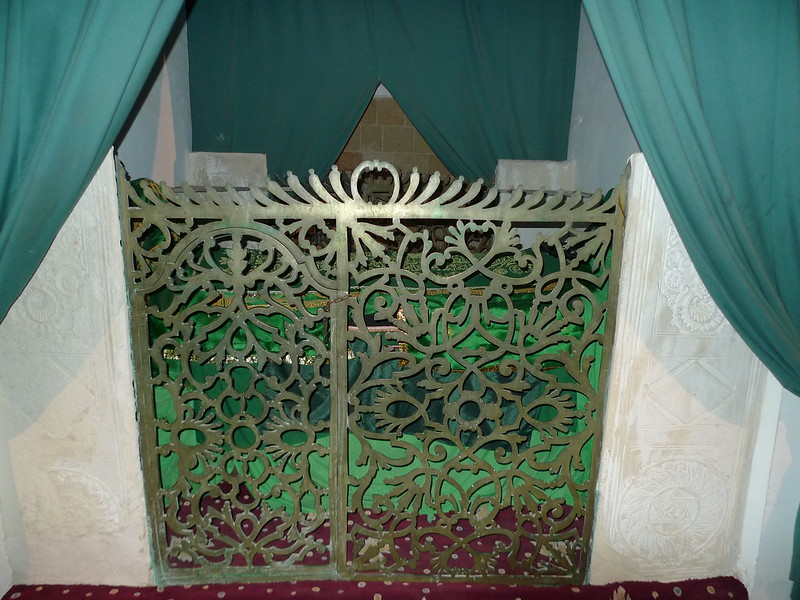
Umm Haram's sarcophagus is behind the grilled gates
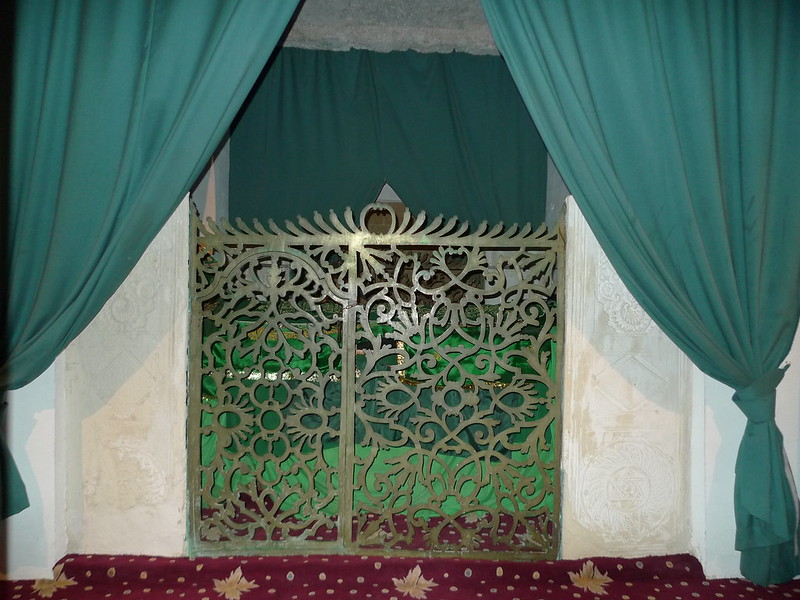

The tomb of Umm Haram binti Al-Mihan
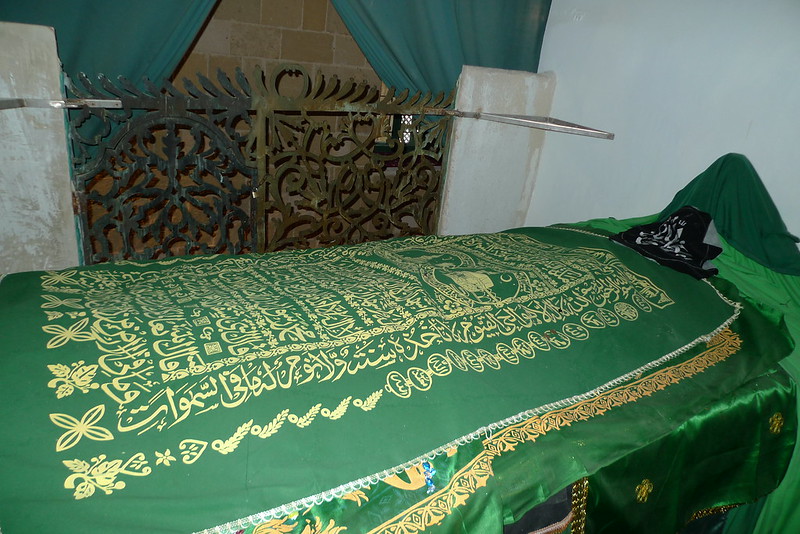


The foot of the tomb
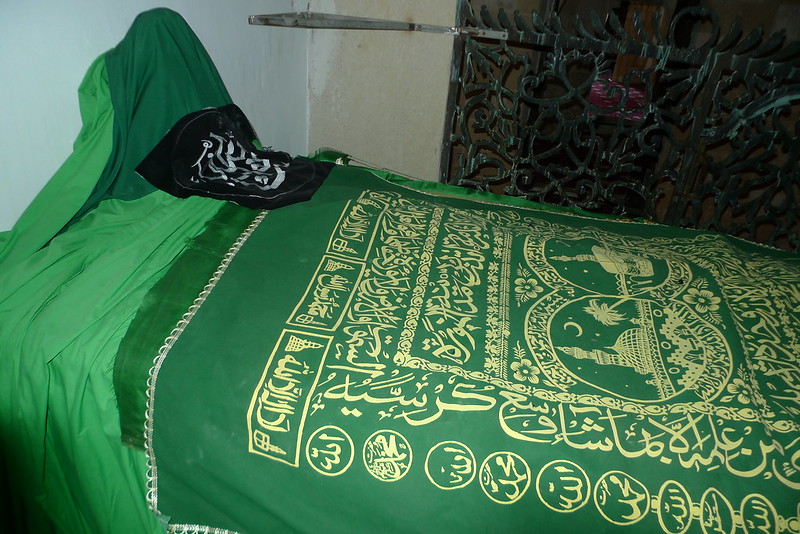
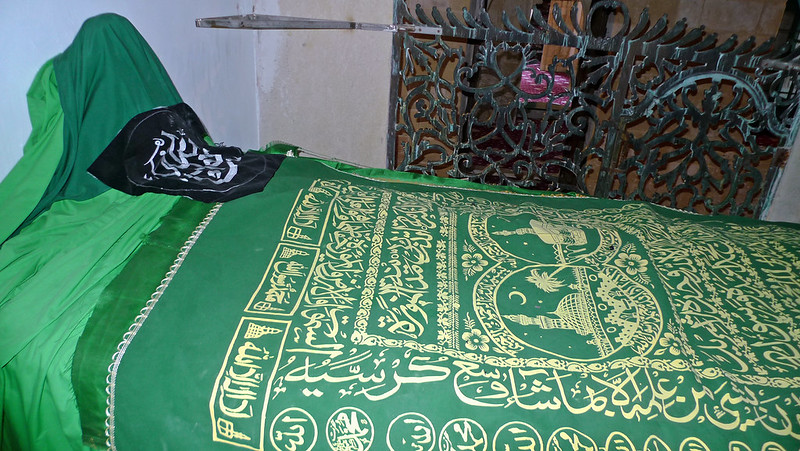
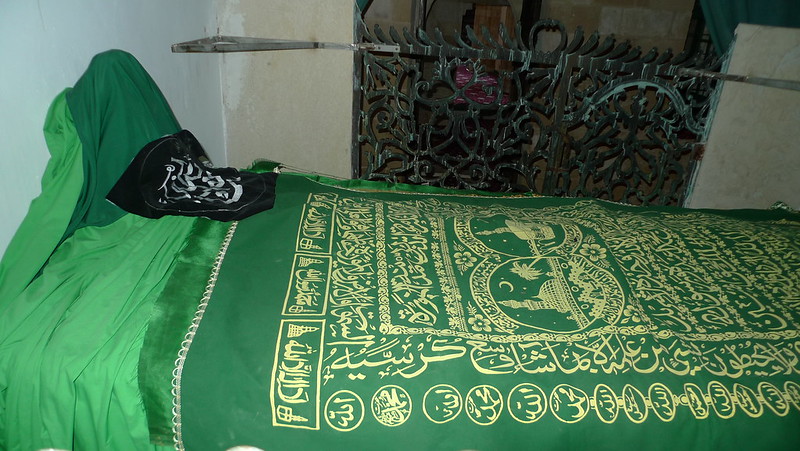
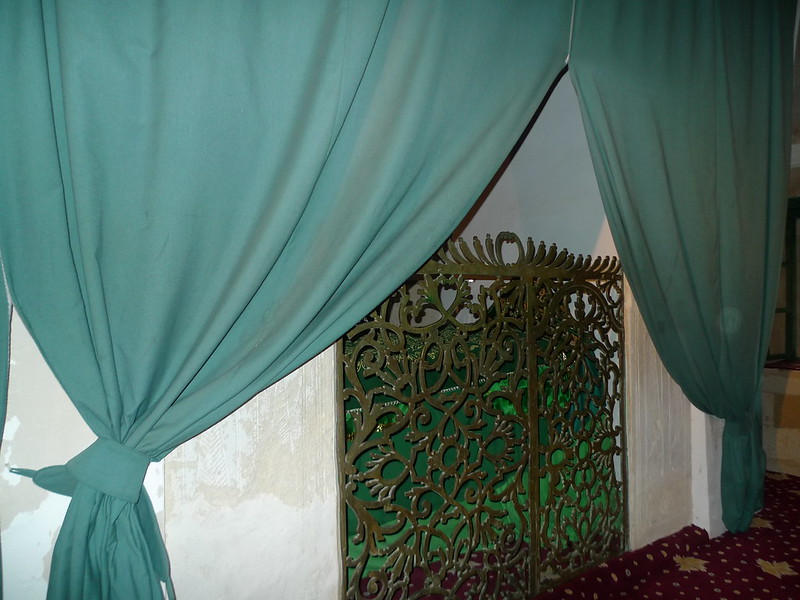
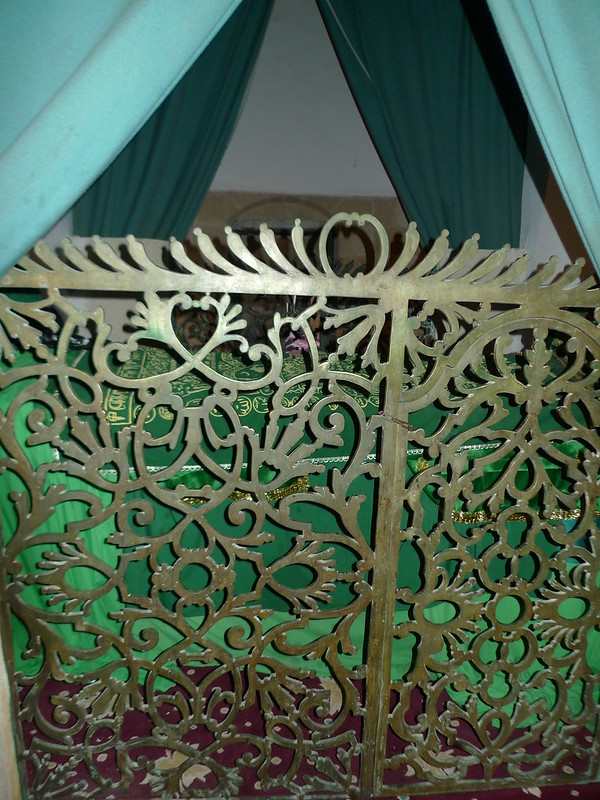
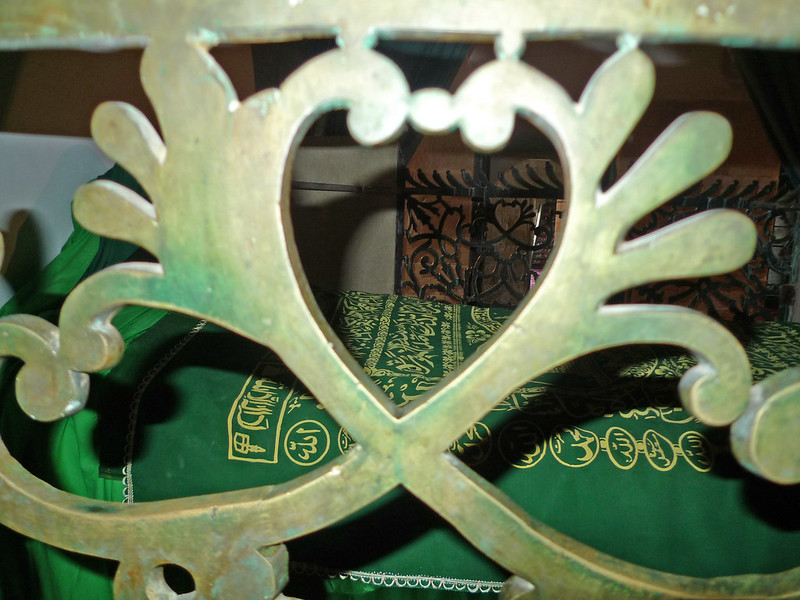
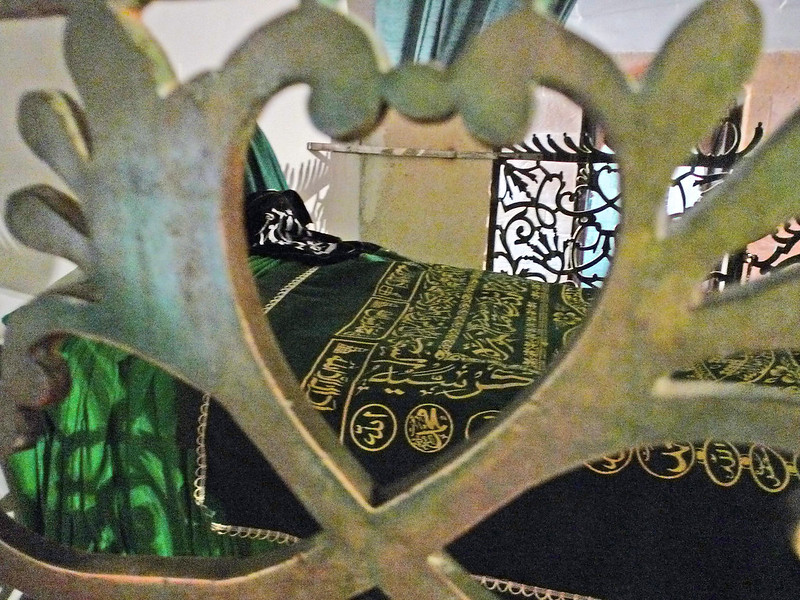
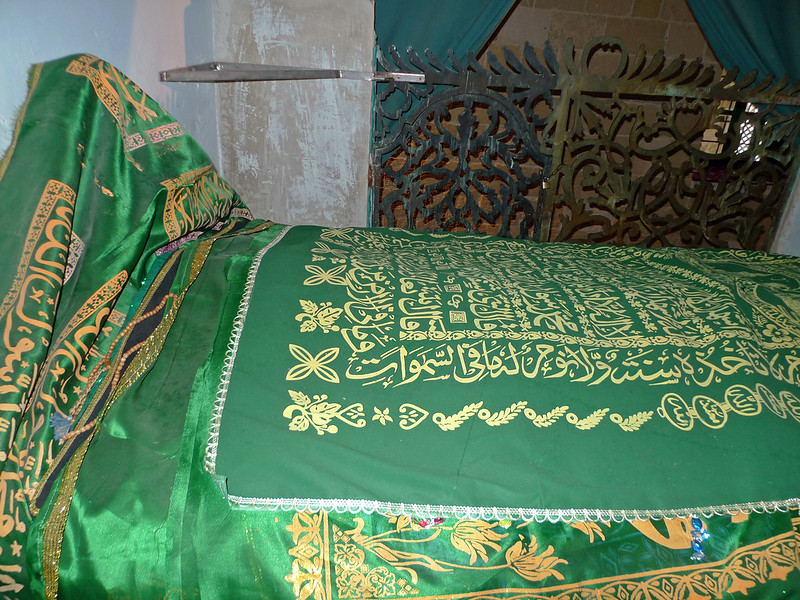




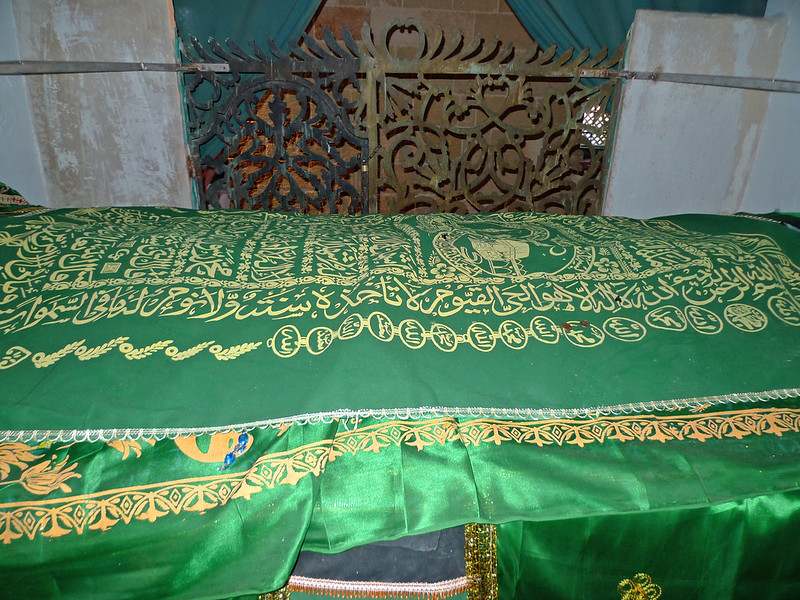
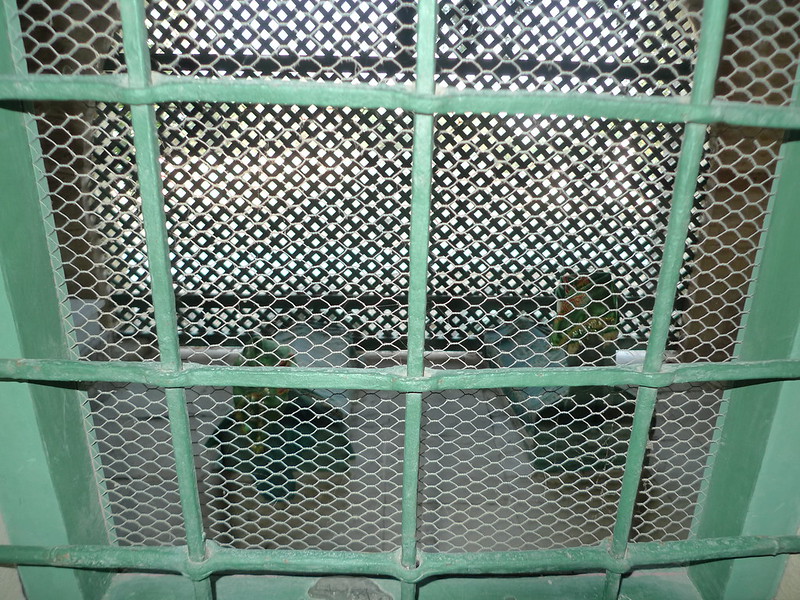
There are 4 other tombs
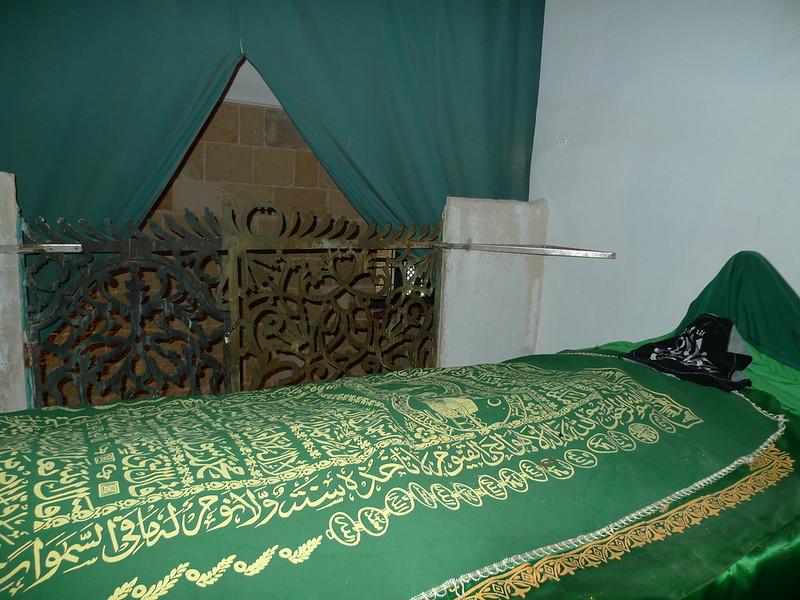
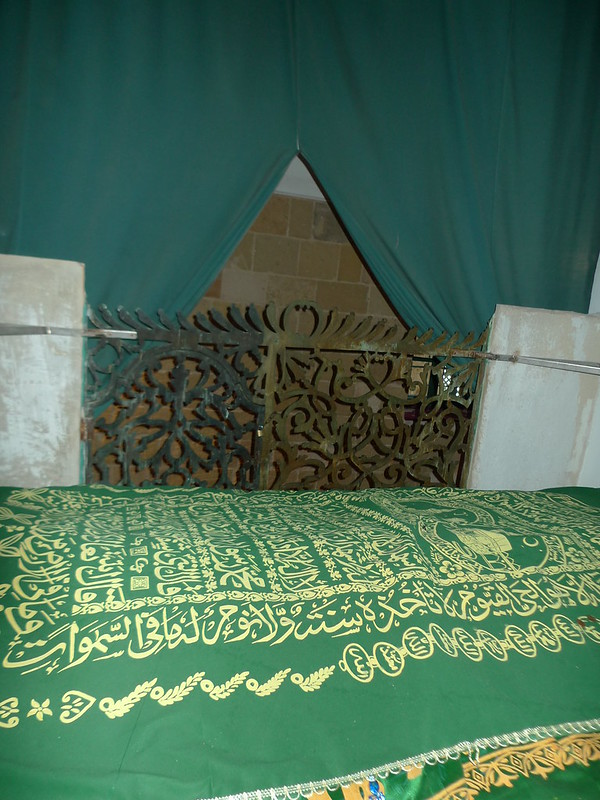

Kaiza and I shooting each other simultaneously
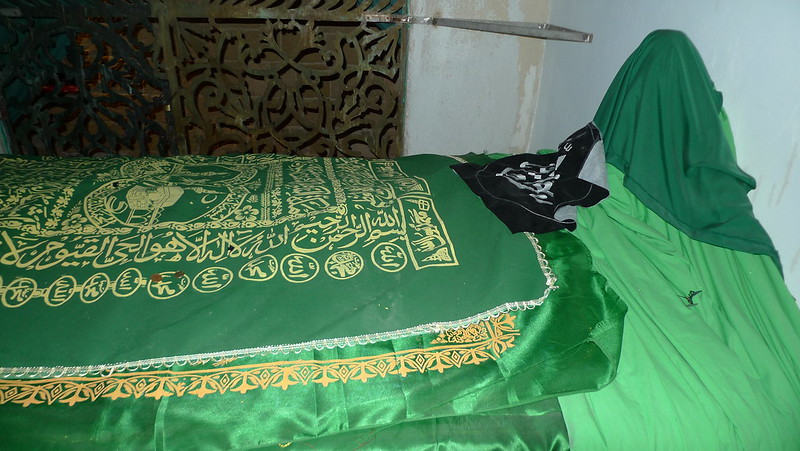
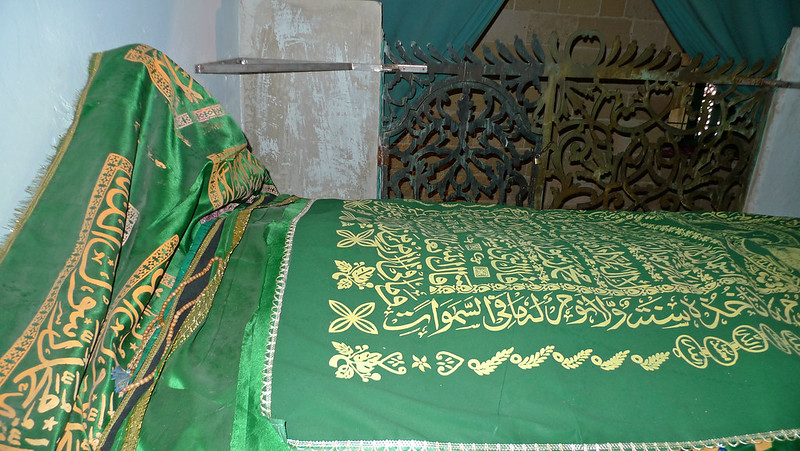
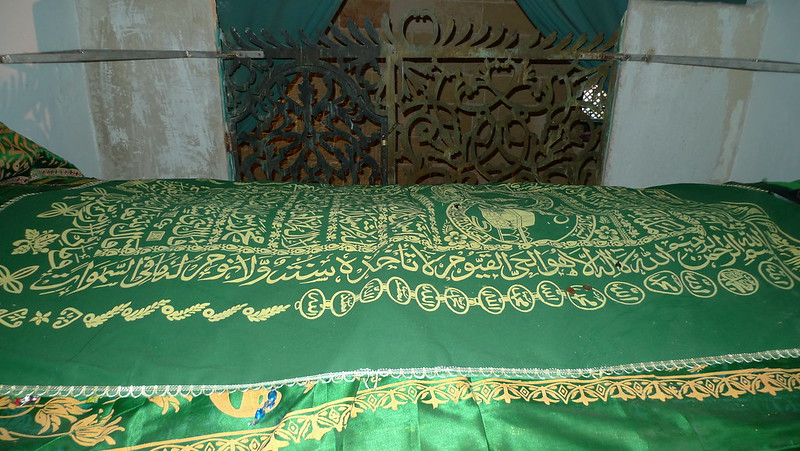
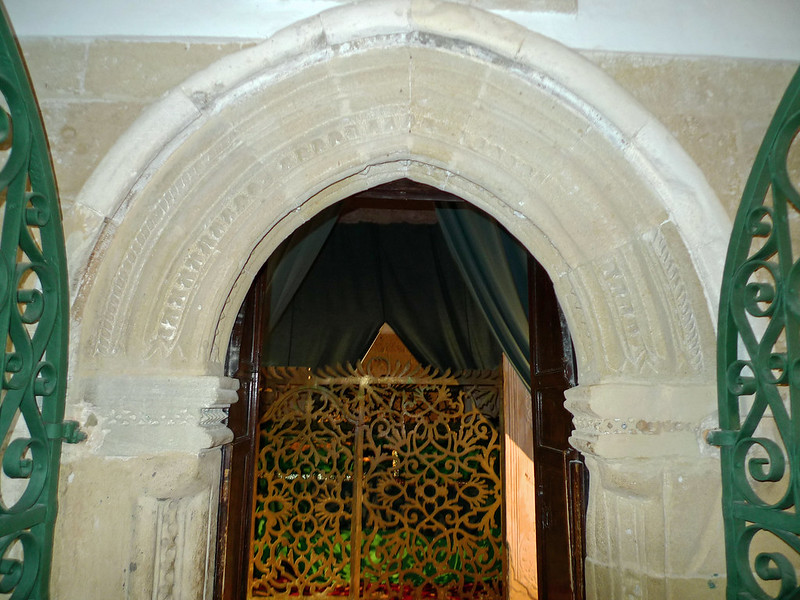
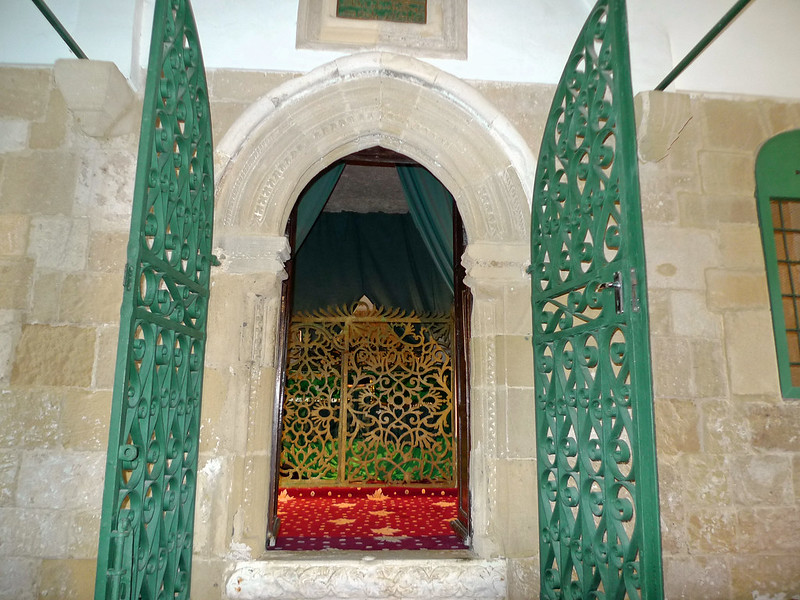
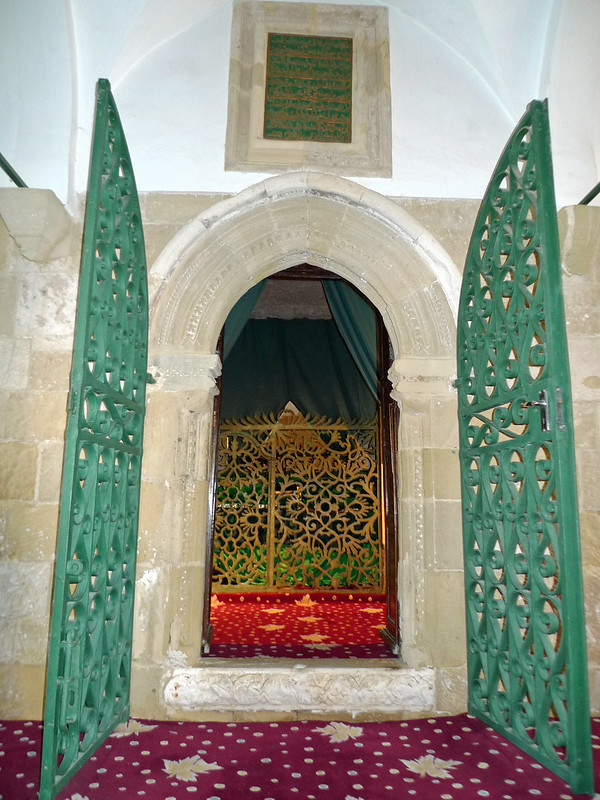

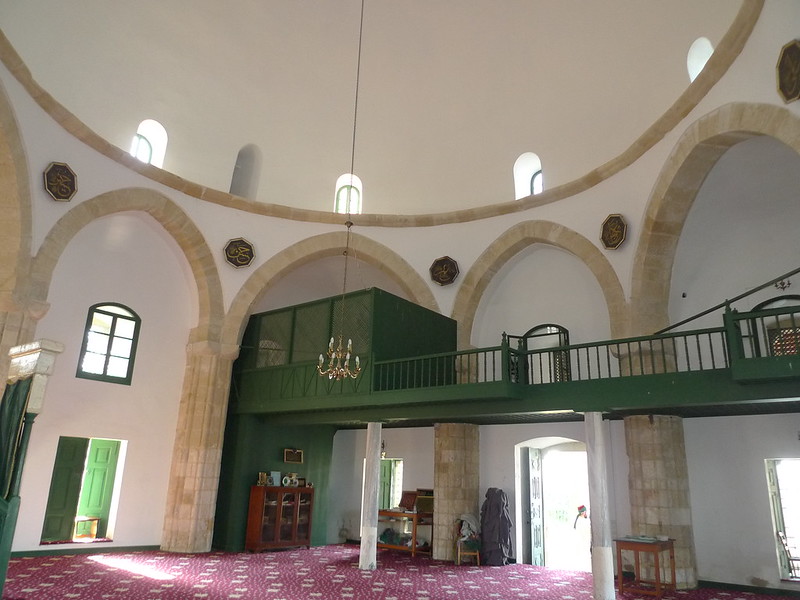
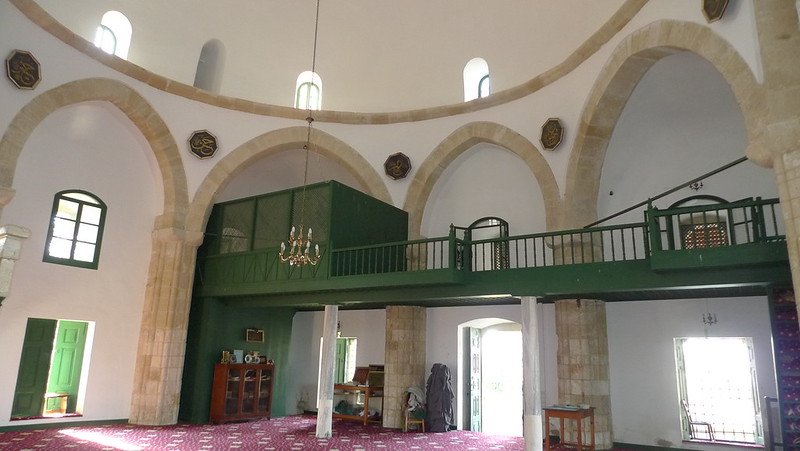
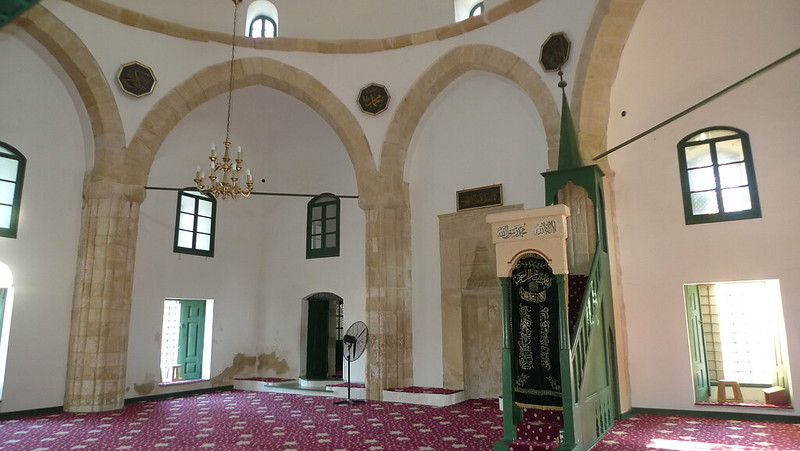
The entrance to Umm Haram's tomb is the green door at left
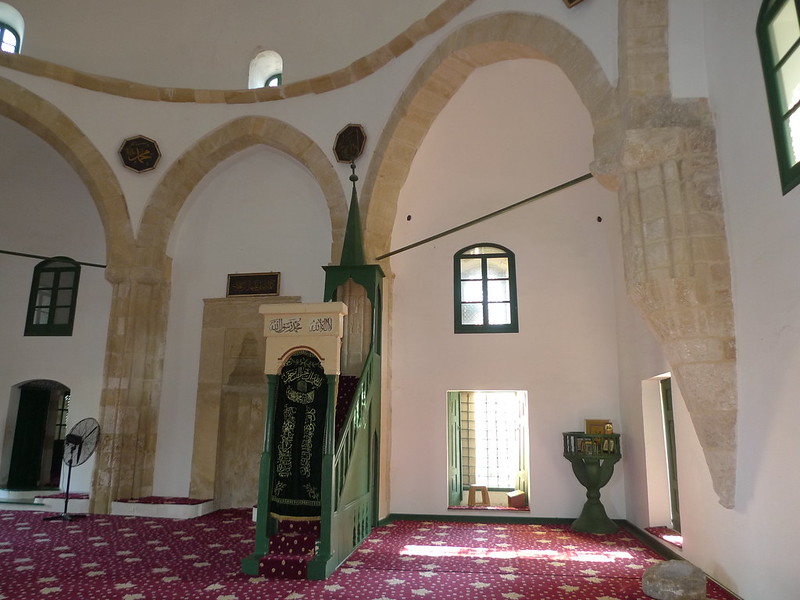
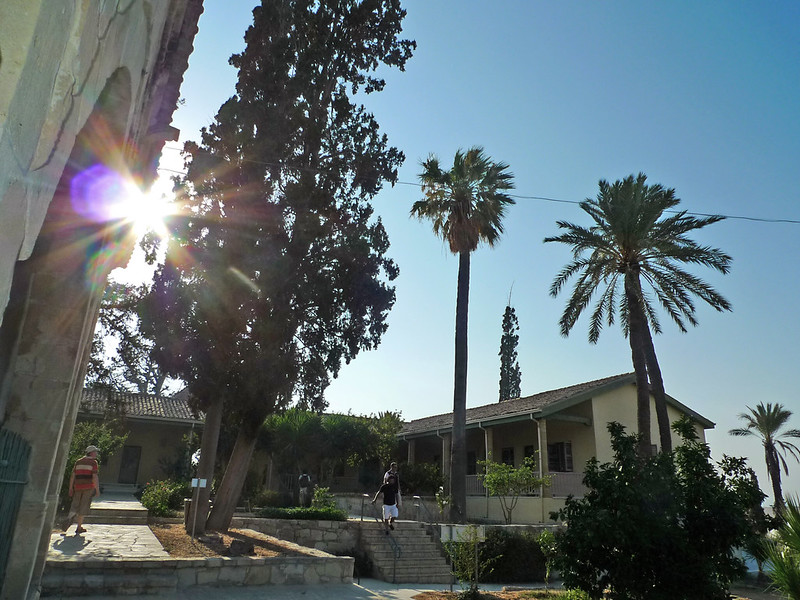
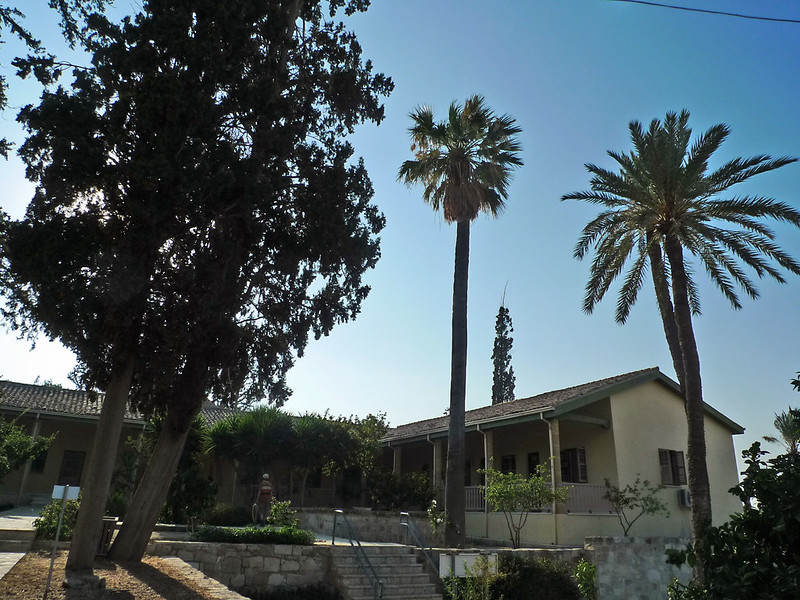
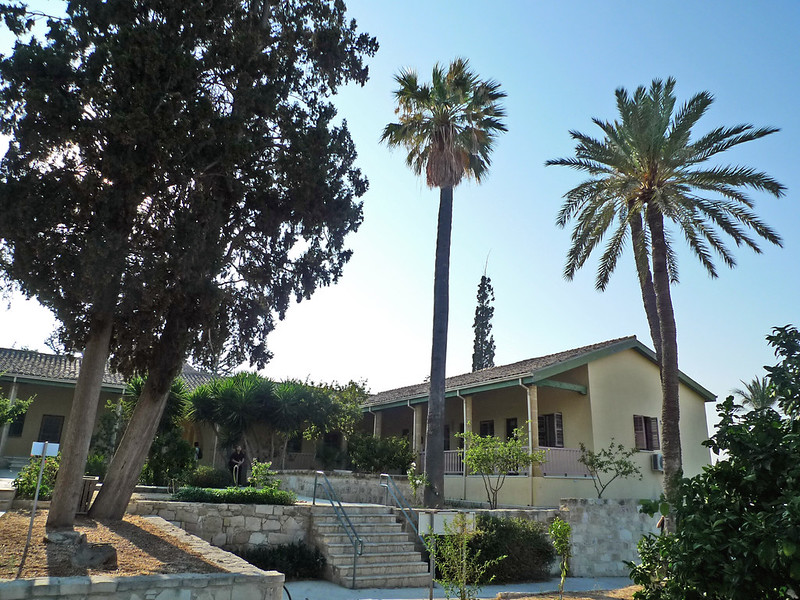
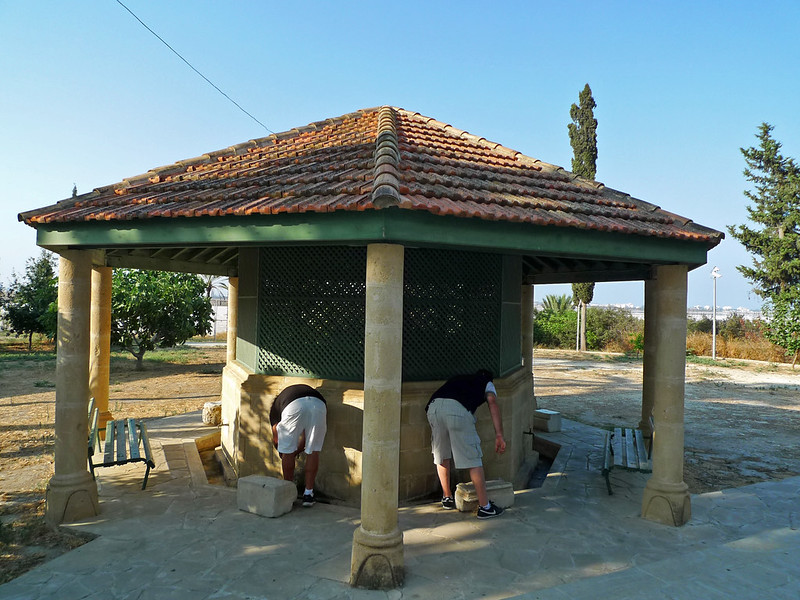


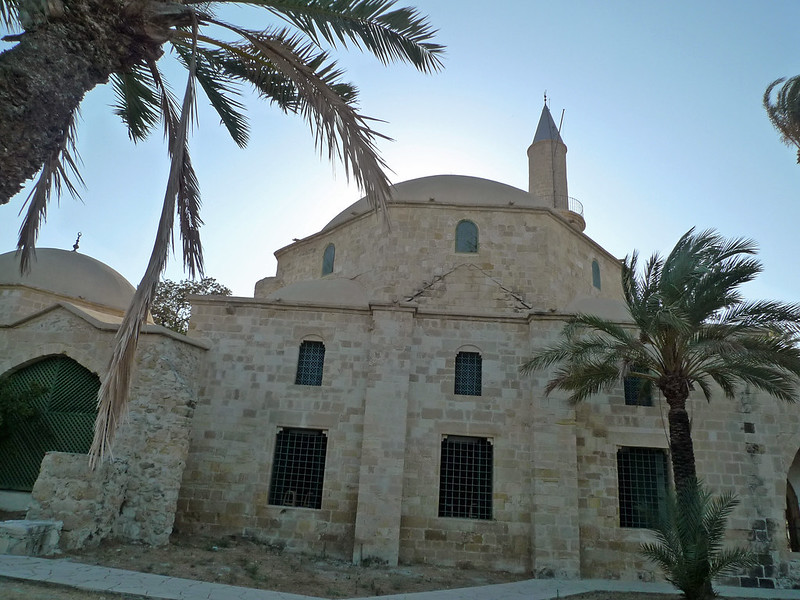
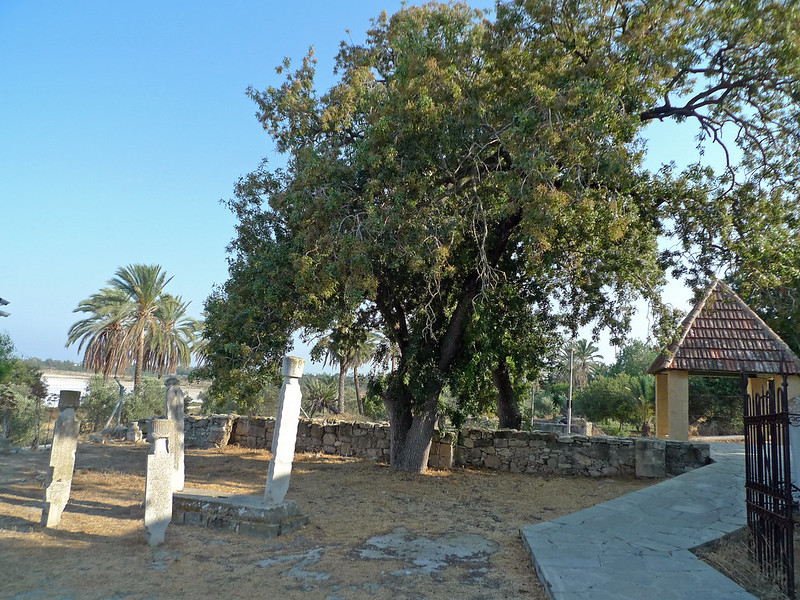
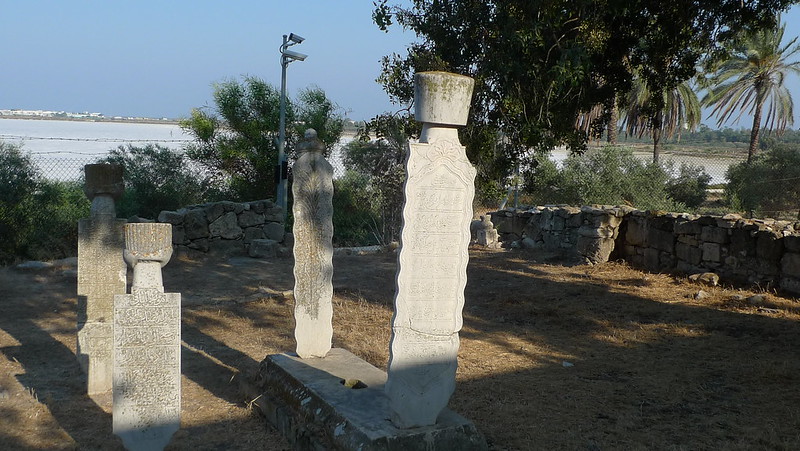
The Salt Lake in background is now almost dry and crystallised in July
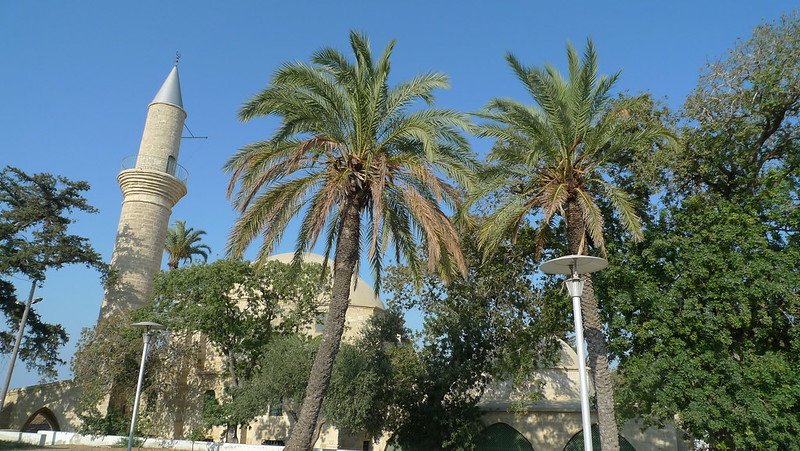
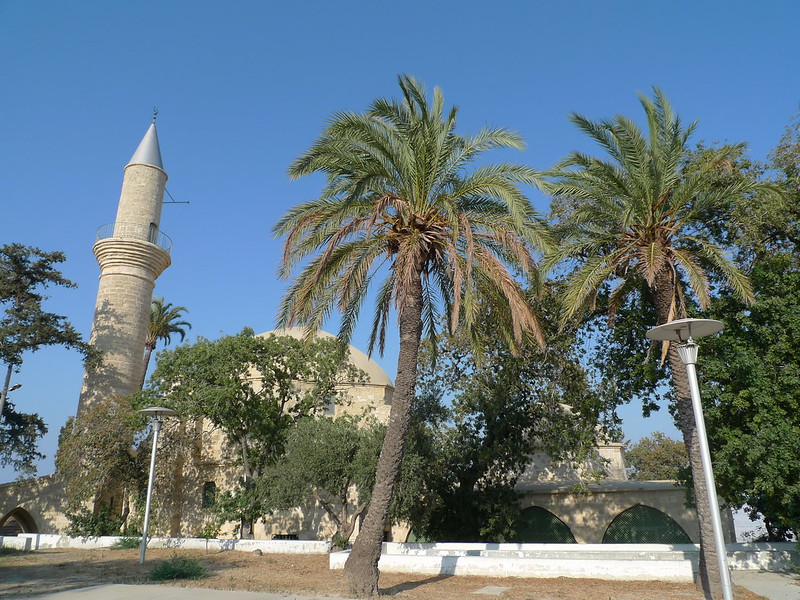
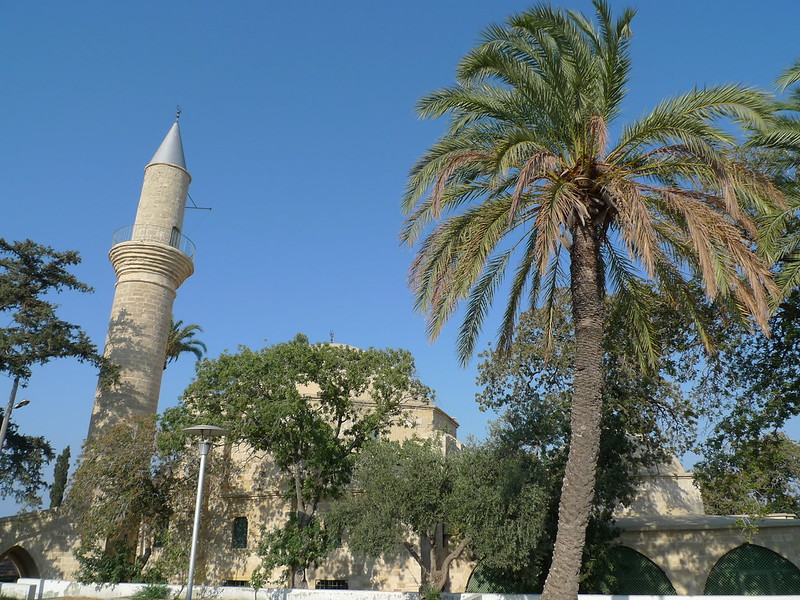


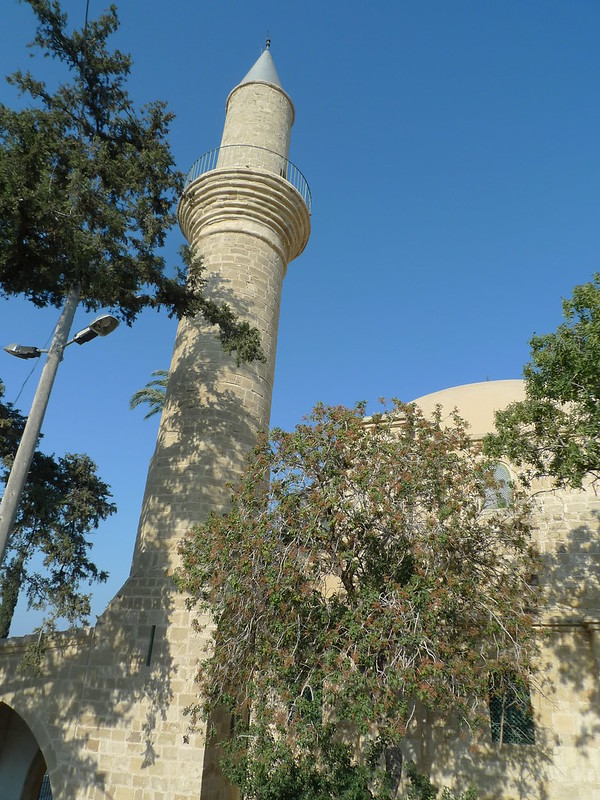
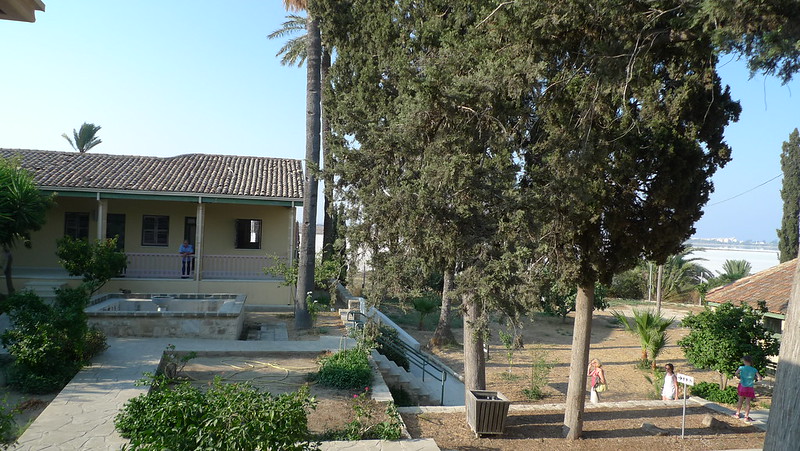
Pasha's Garden




The Miracle Stone that hovered in midair the next morning after Umm Haram was buried
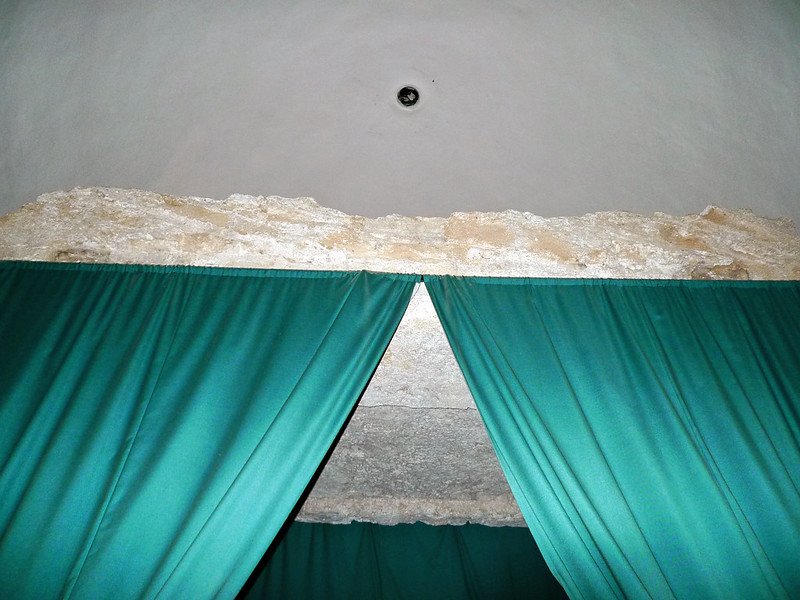
This monolithic slab of stone was said to hover without support or held by angels over Umm Haram's grave


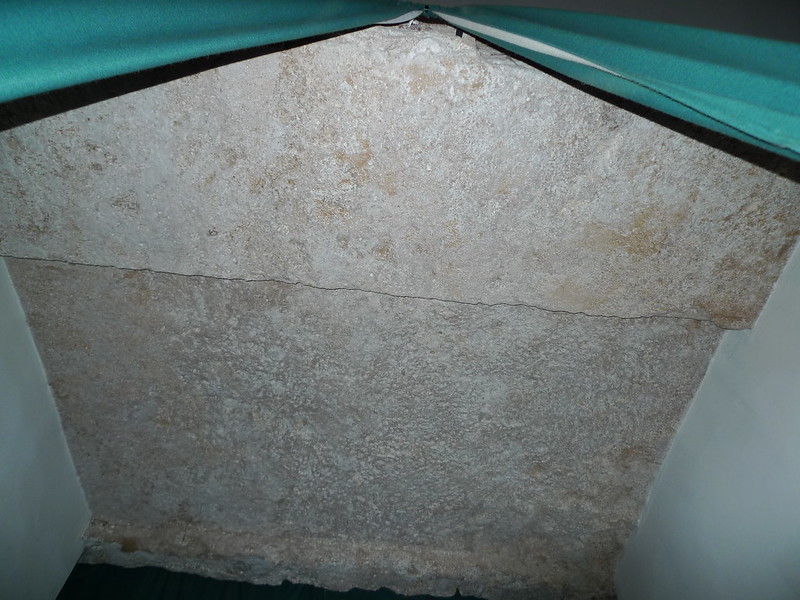
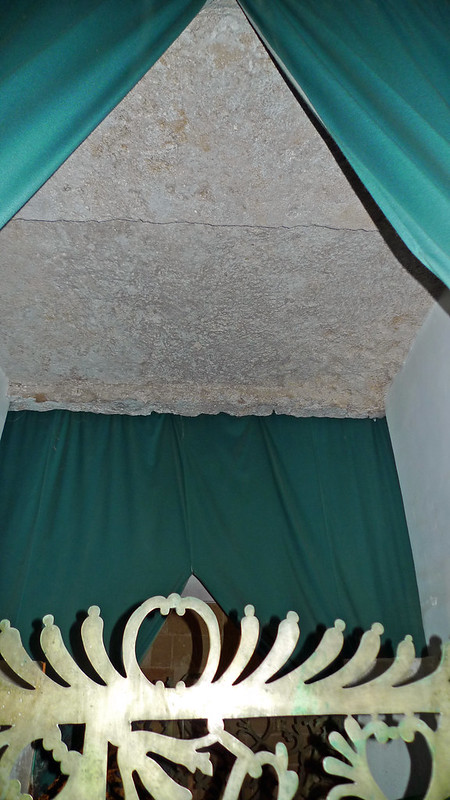

This large slab of solid stone was said to hover miraculously over Umm Haram's grave the next morning.
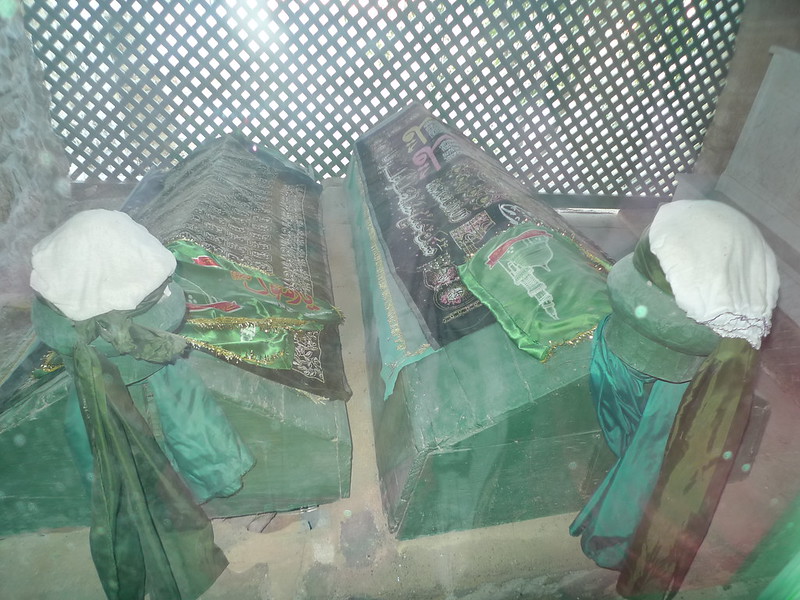
Two other tombs of sheikhs
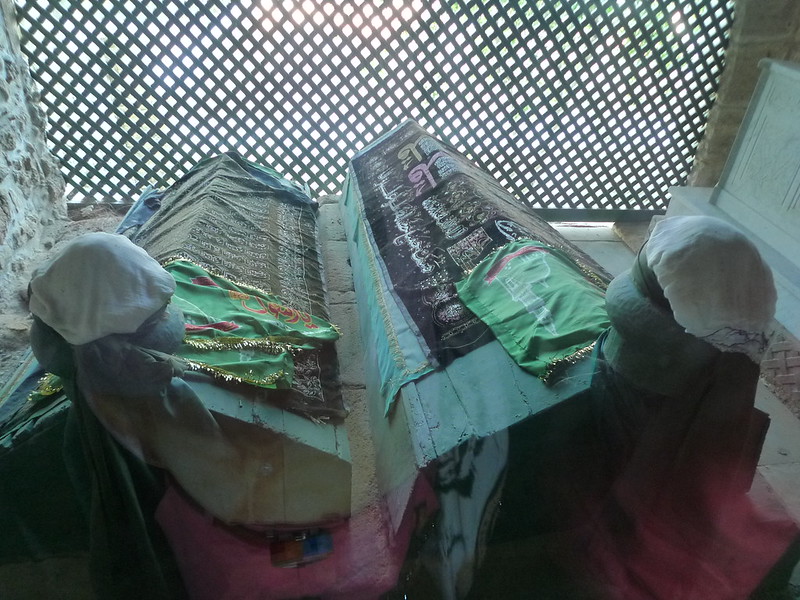



Stone carvings by the side of the gates
No comments:
Post a Comment